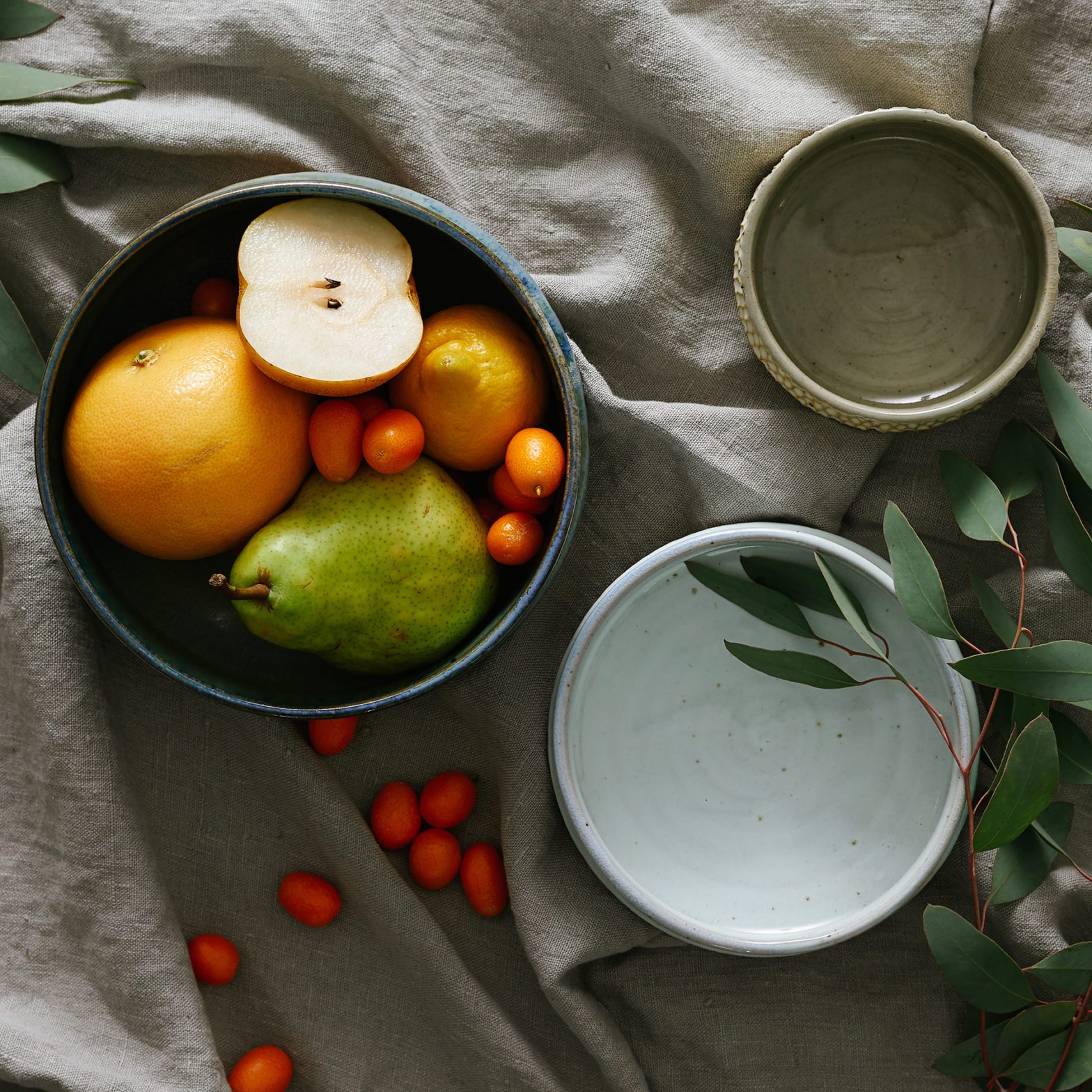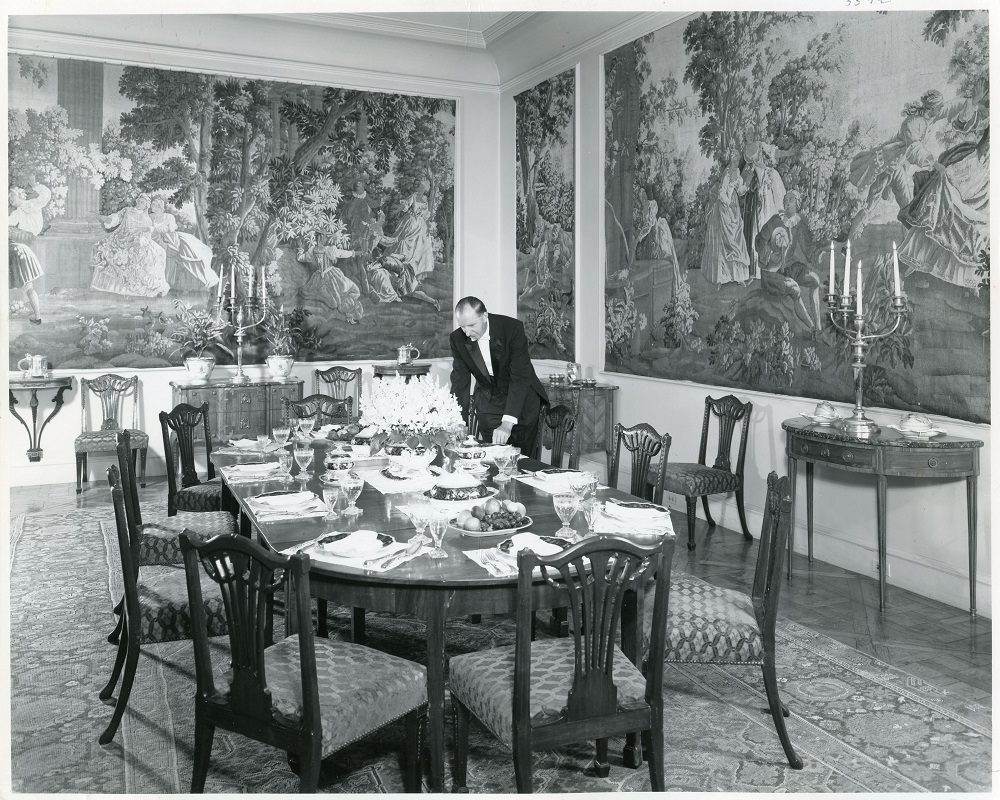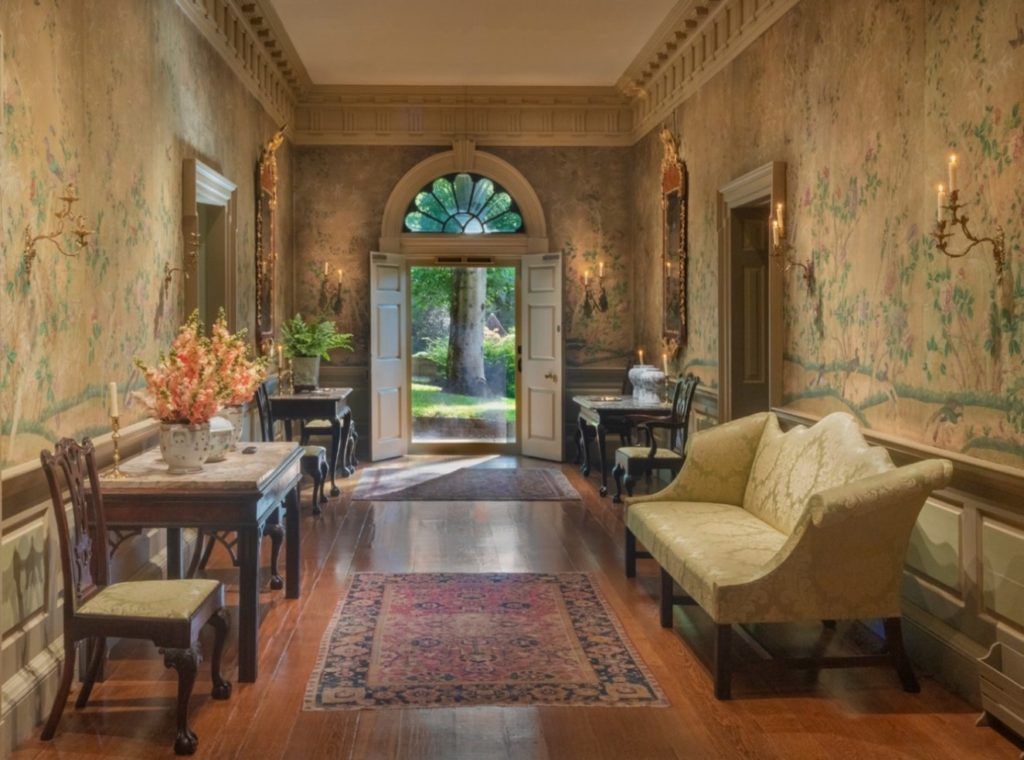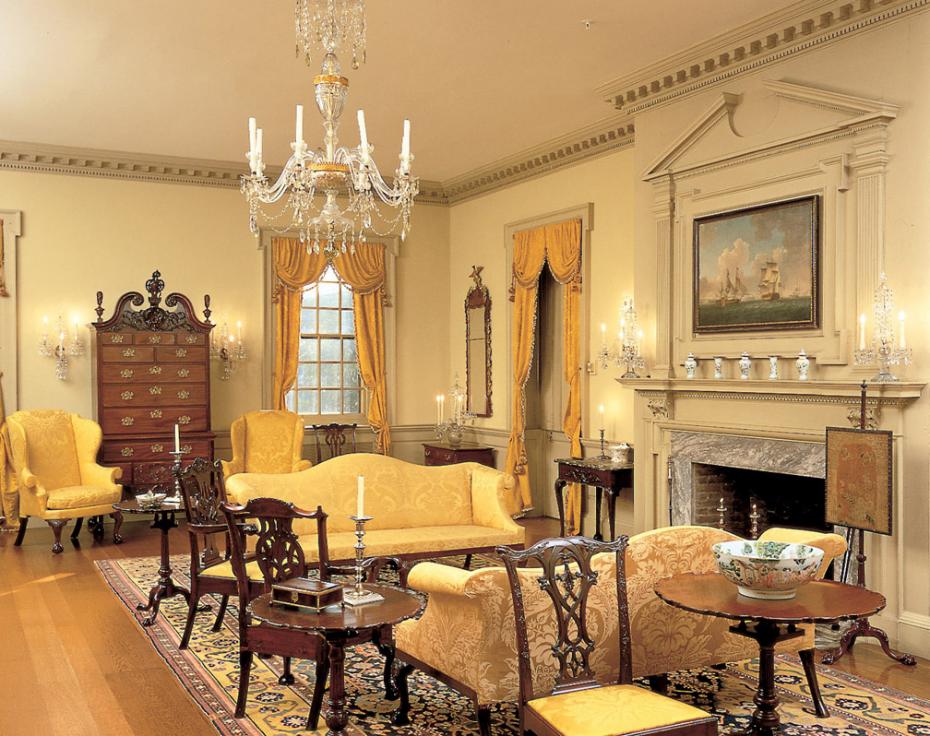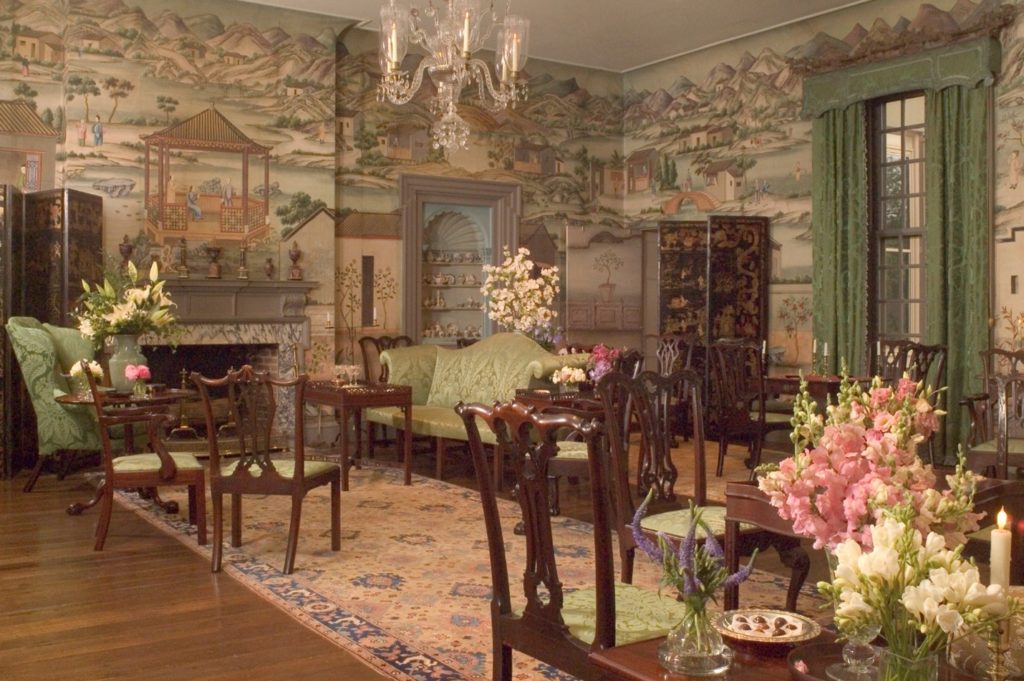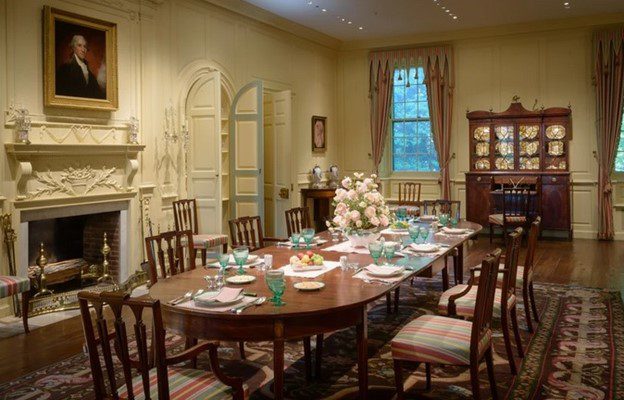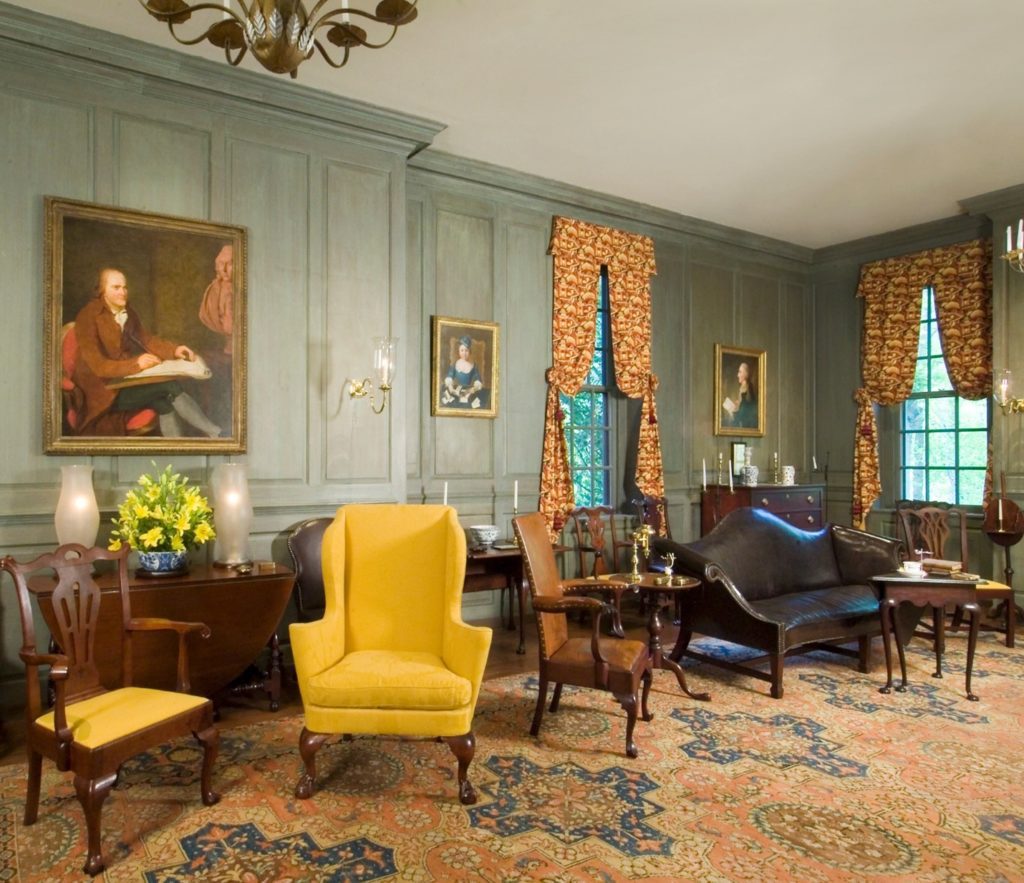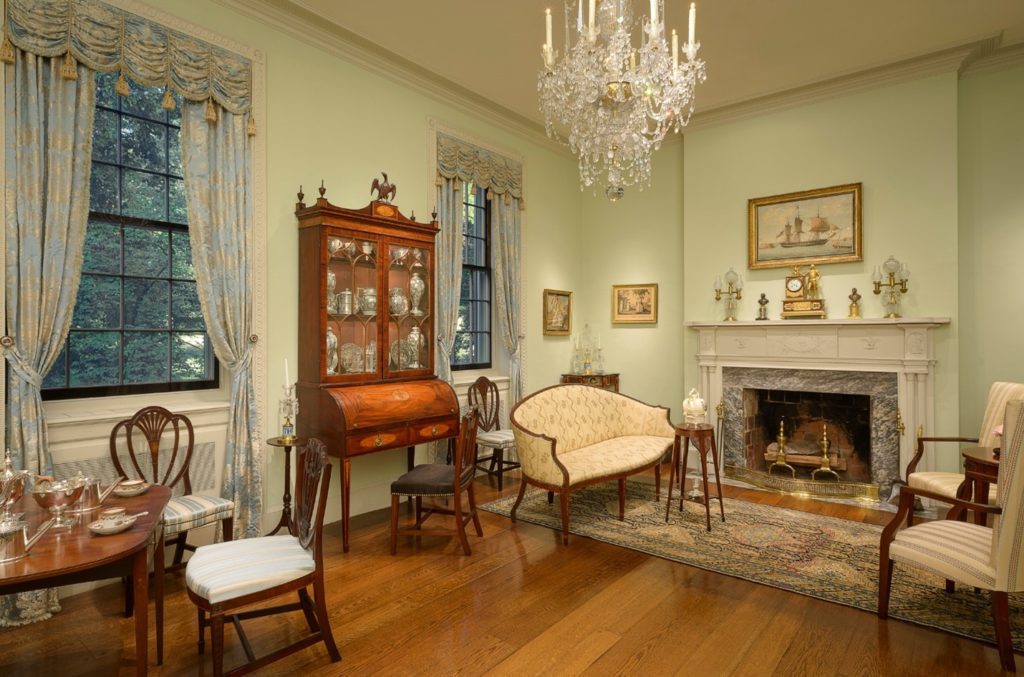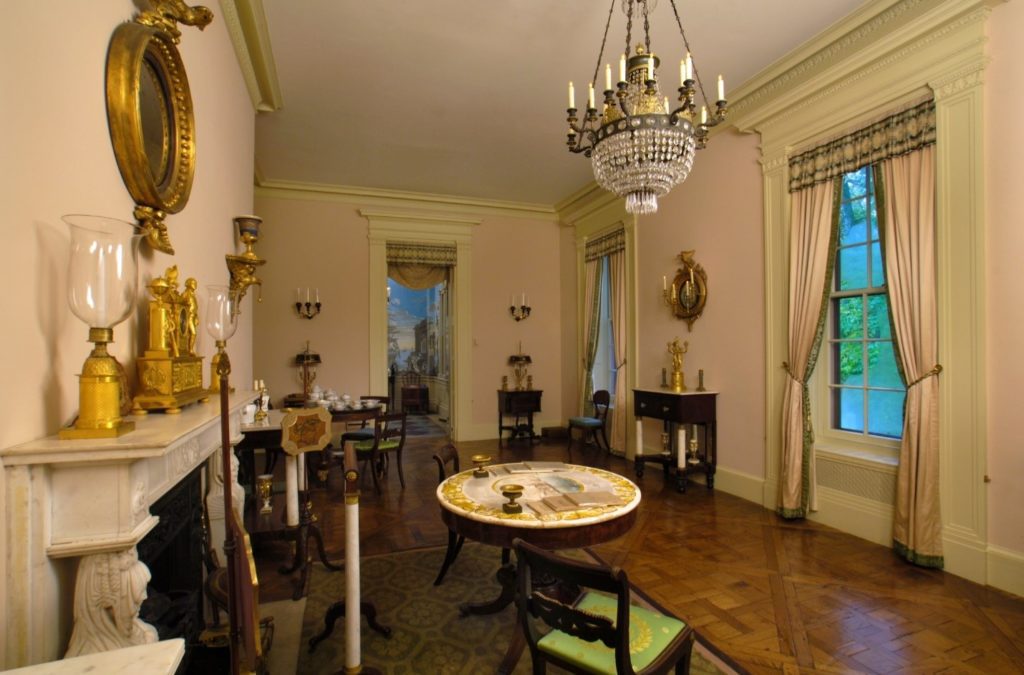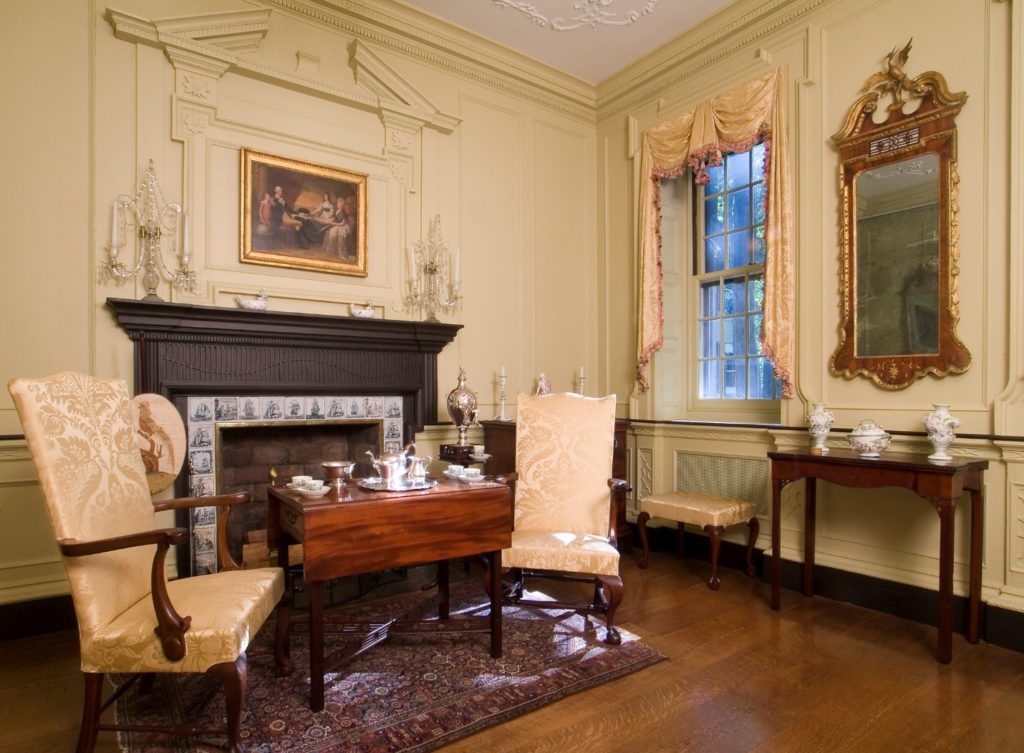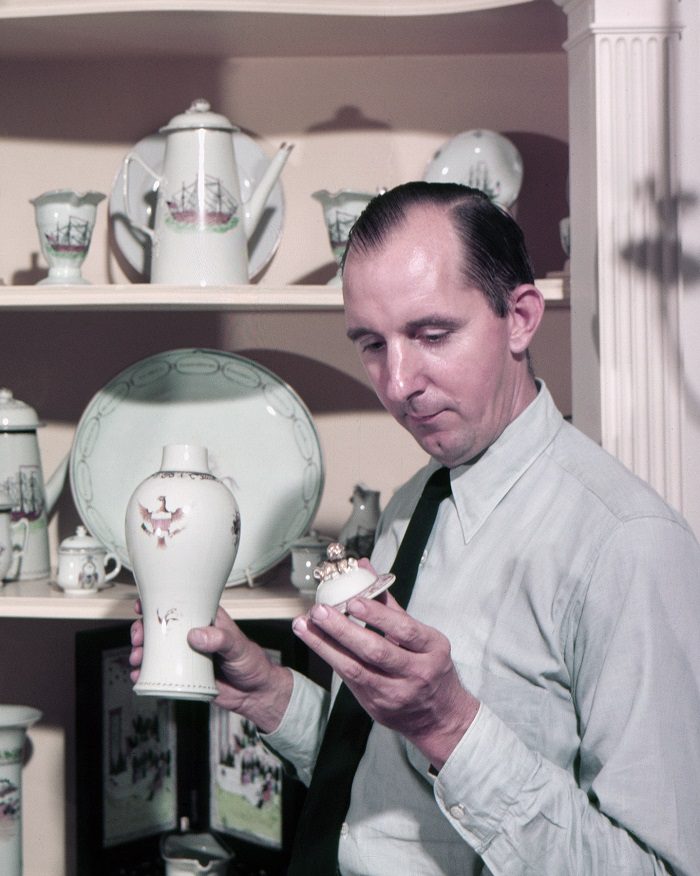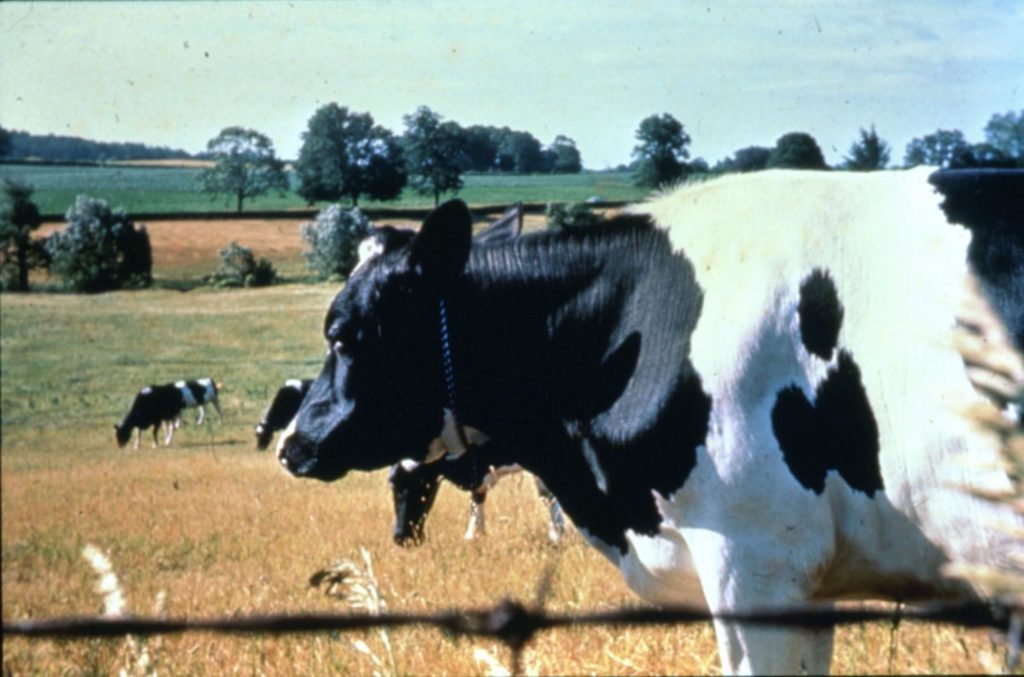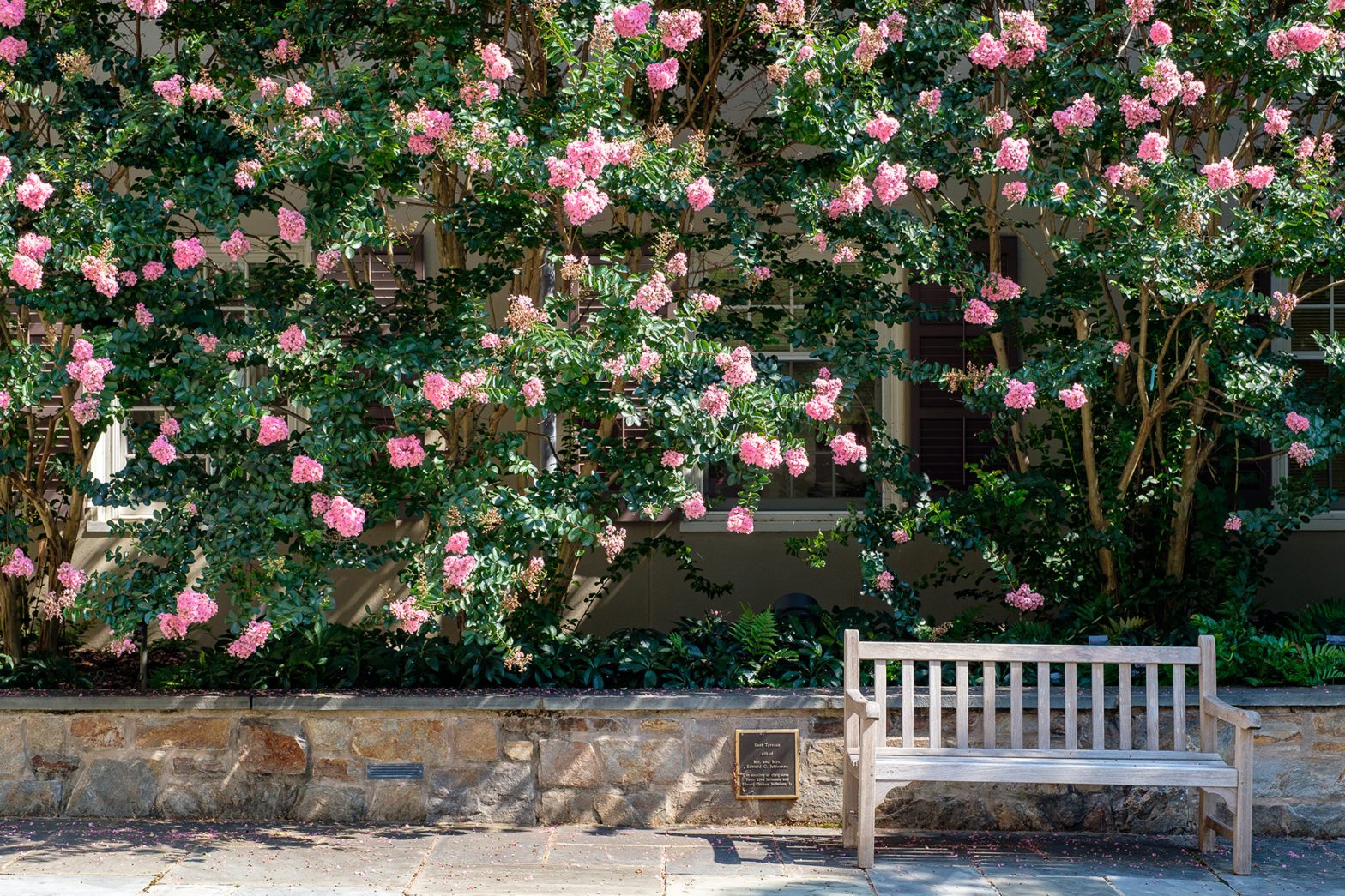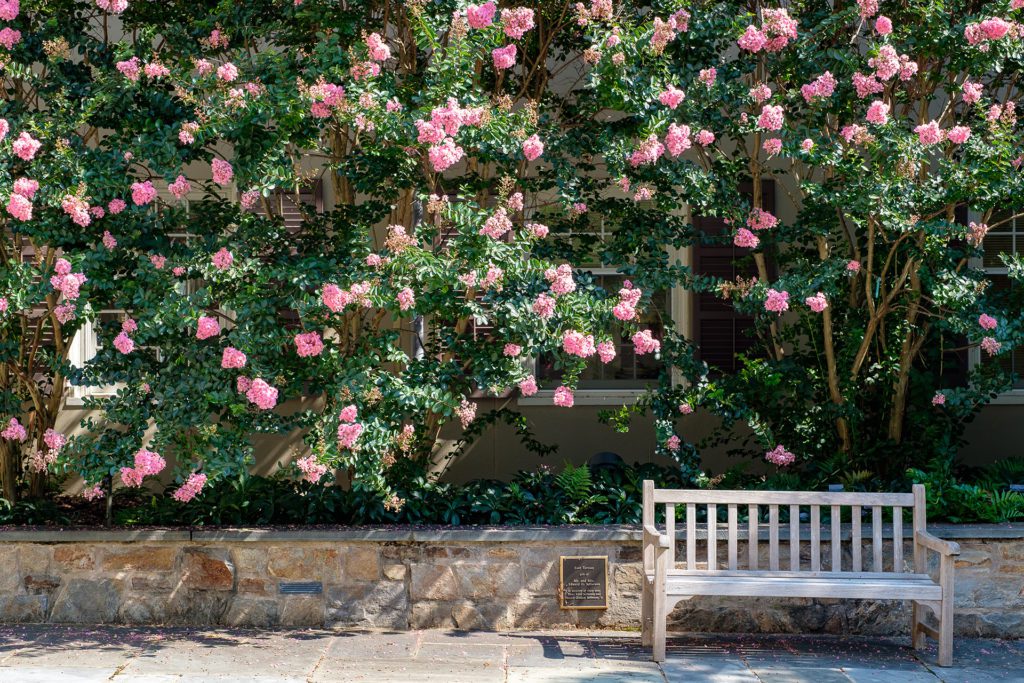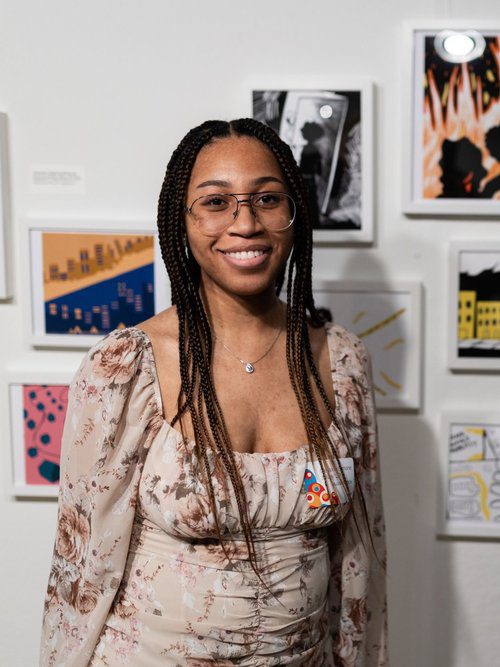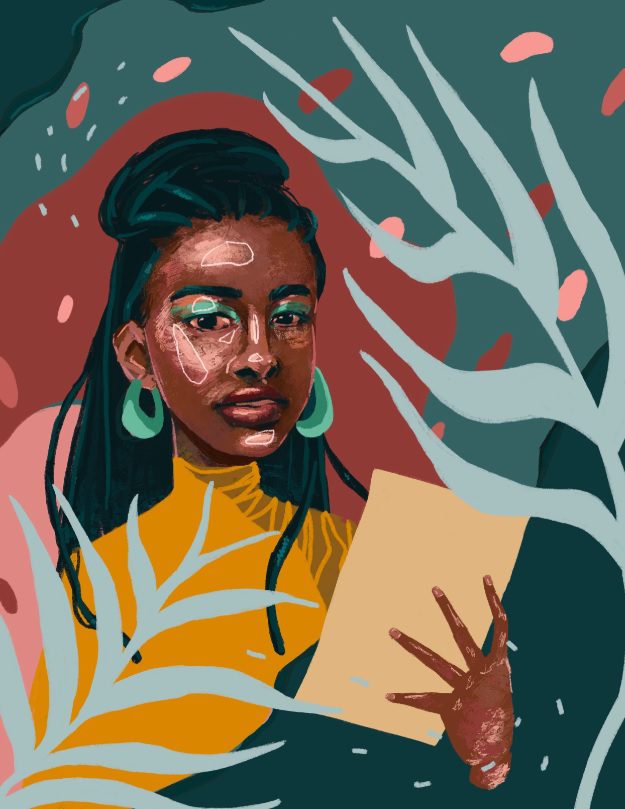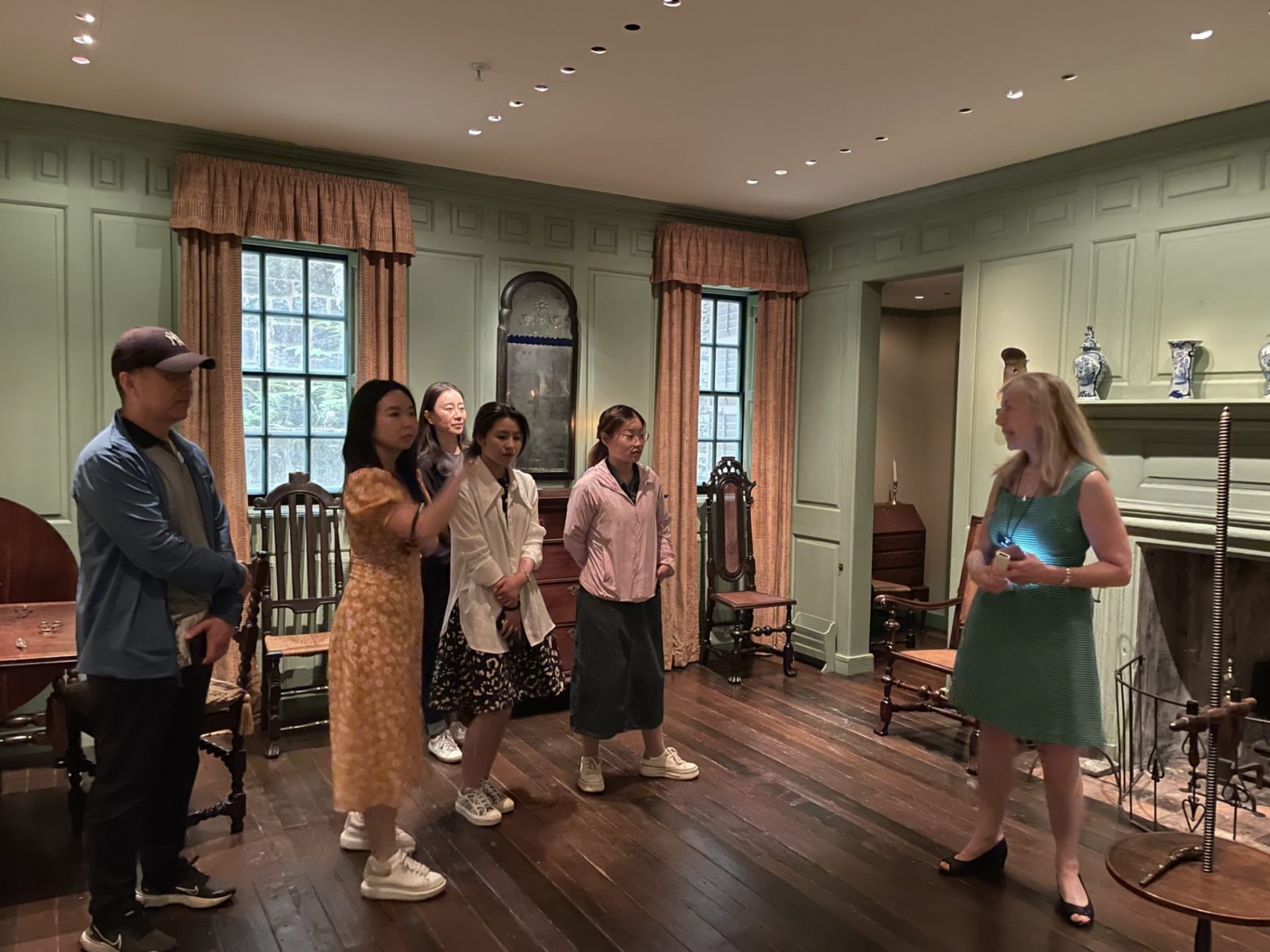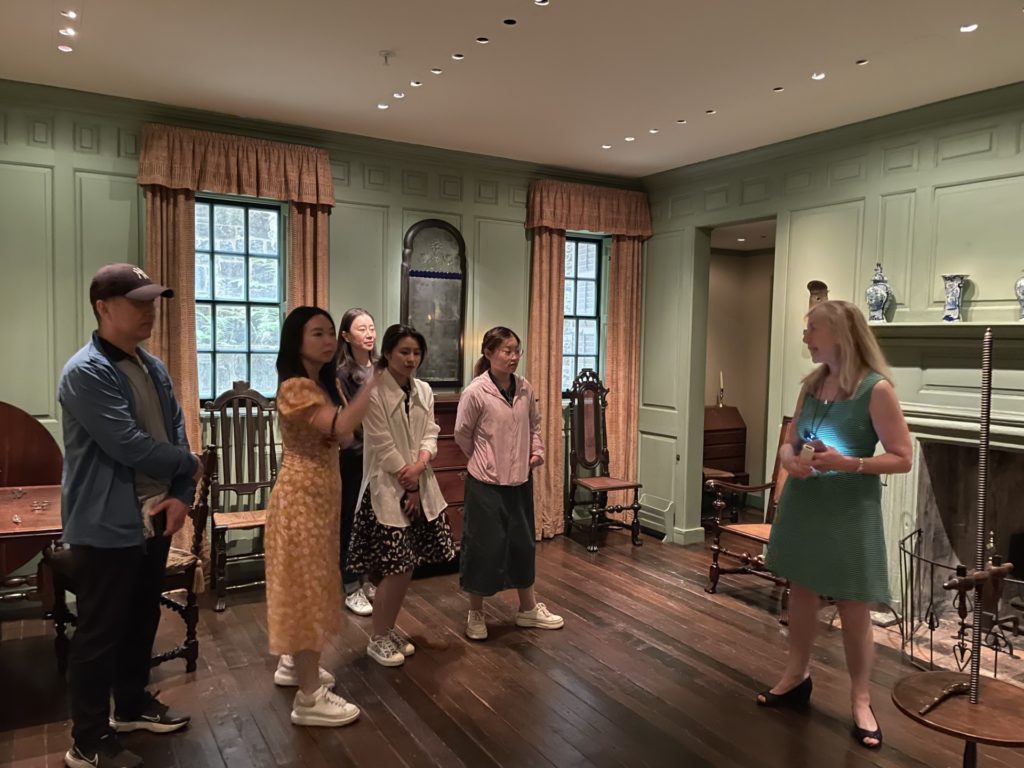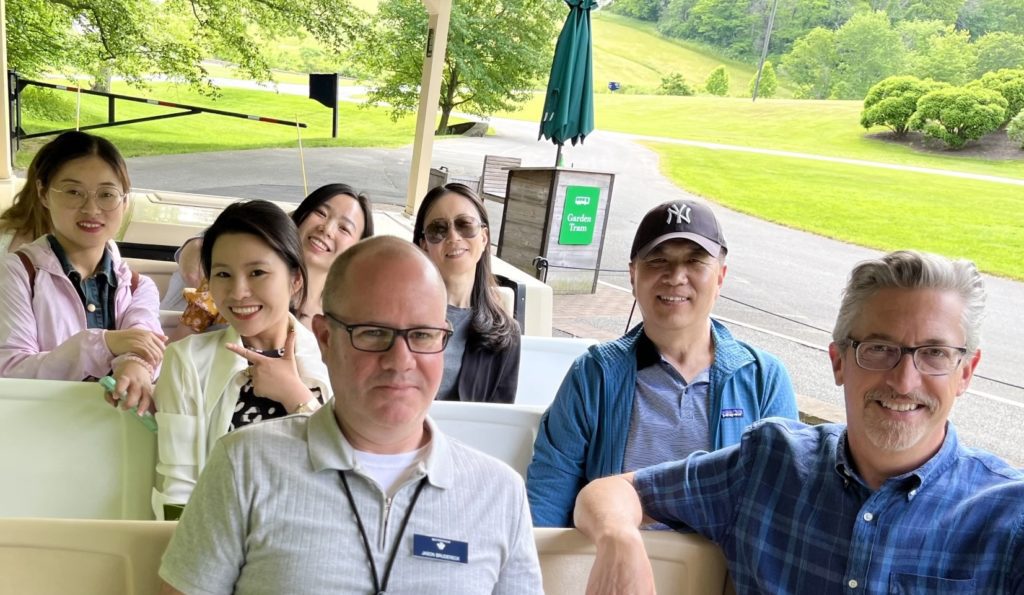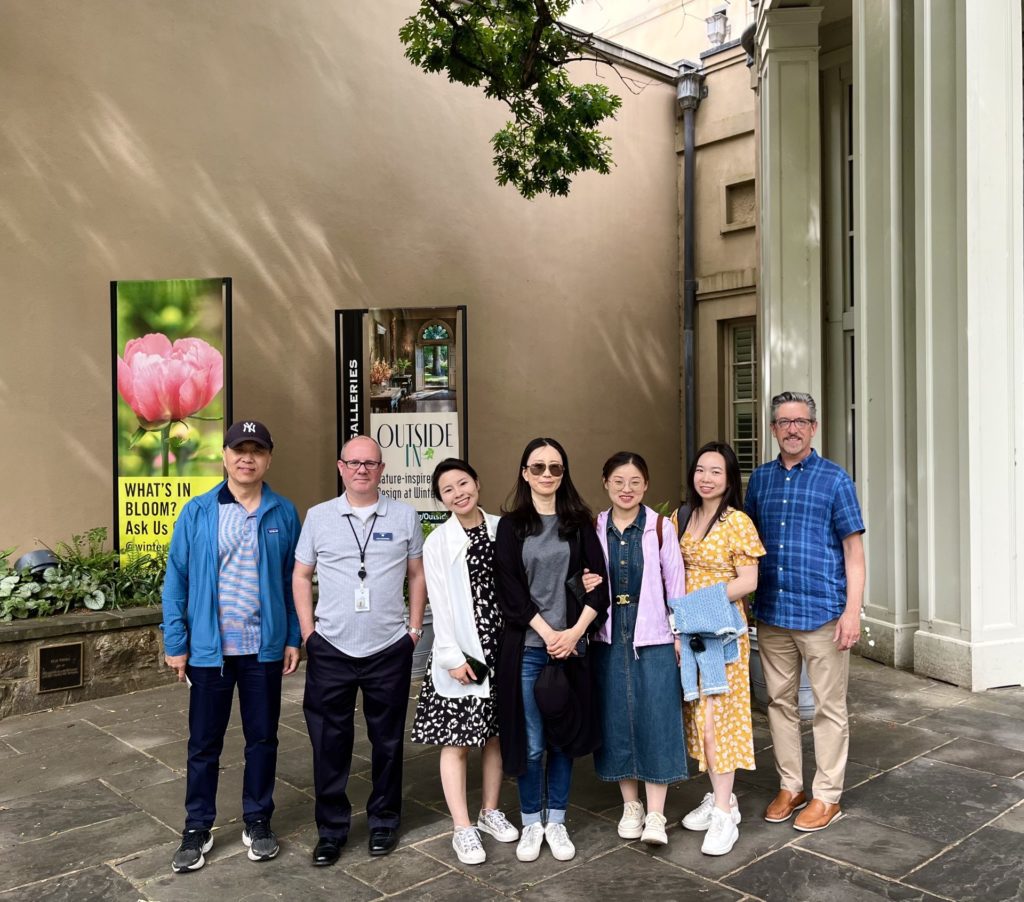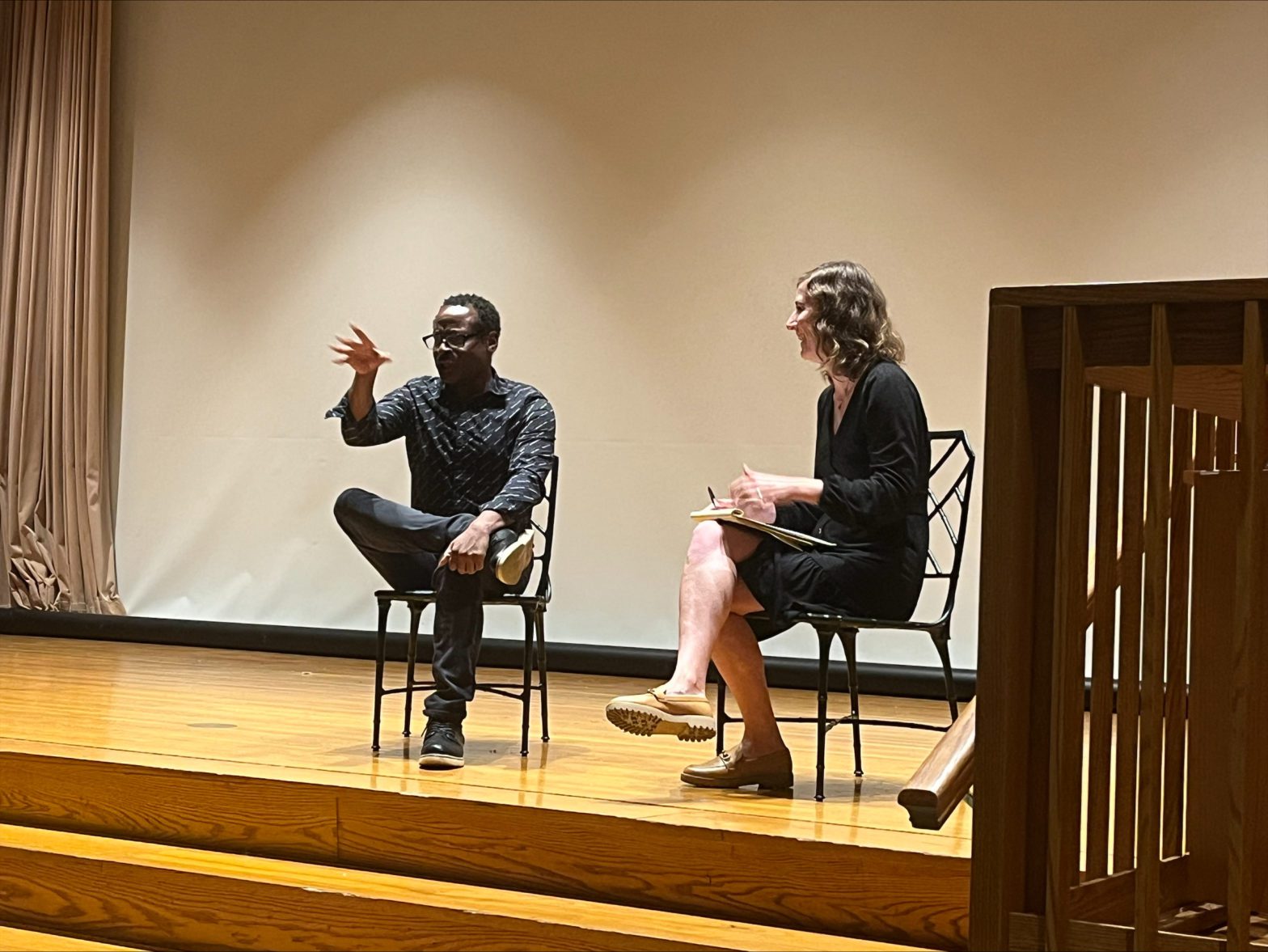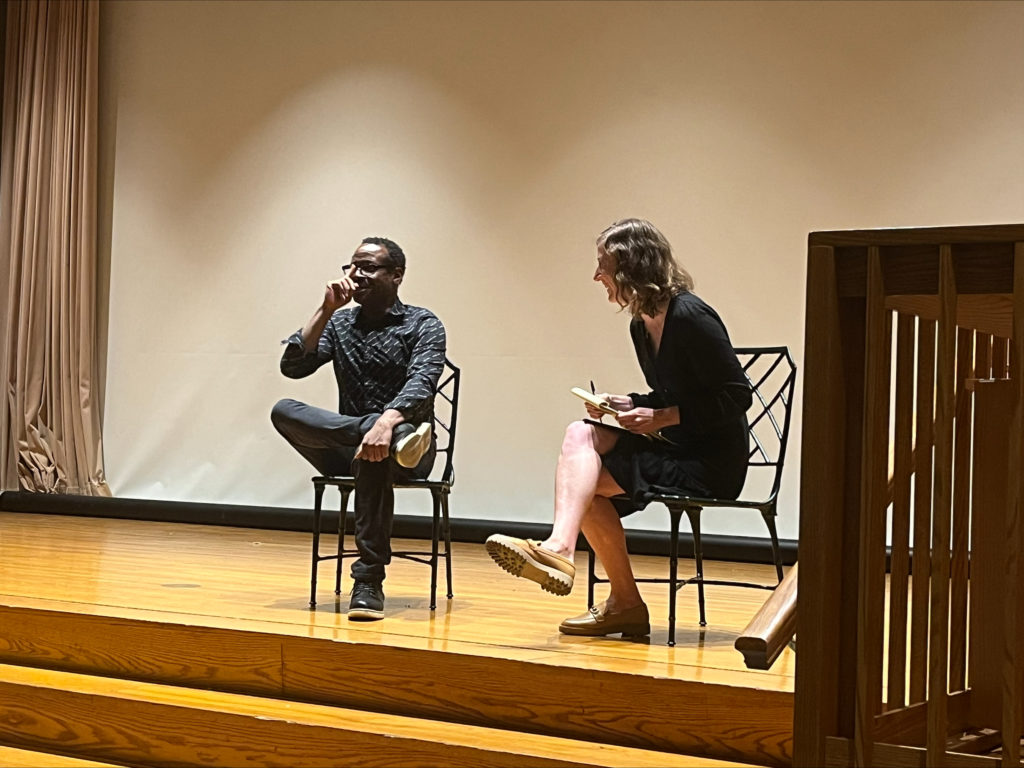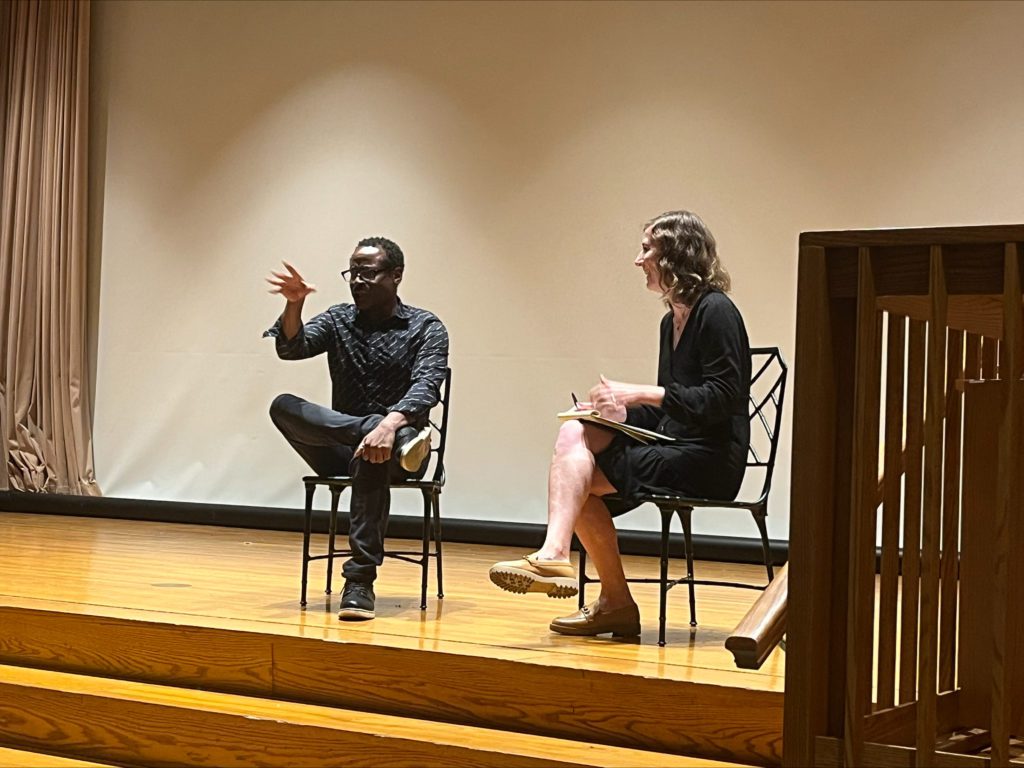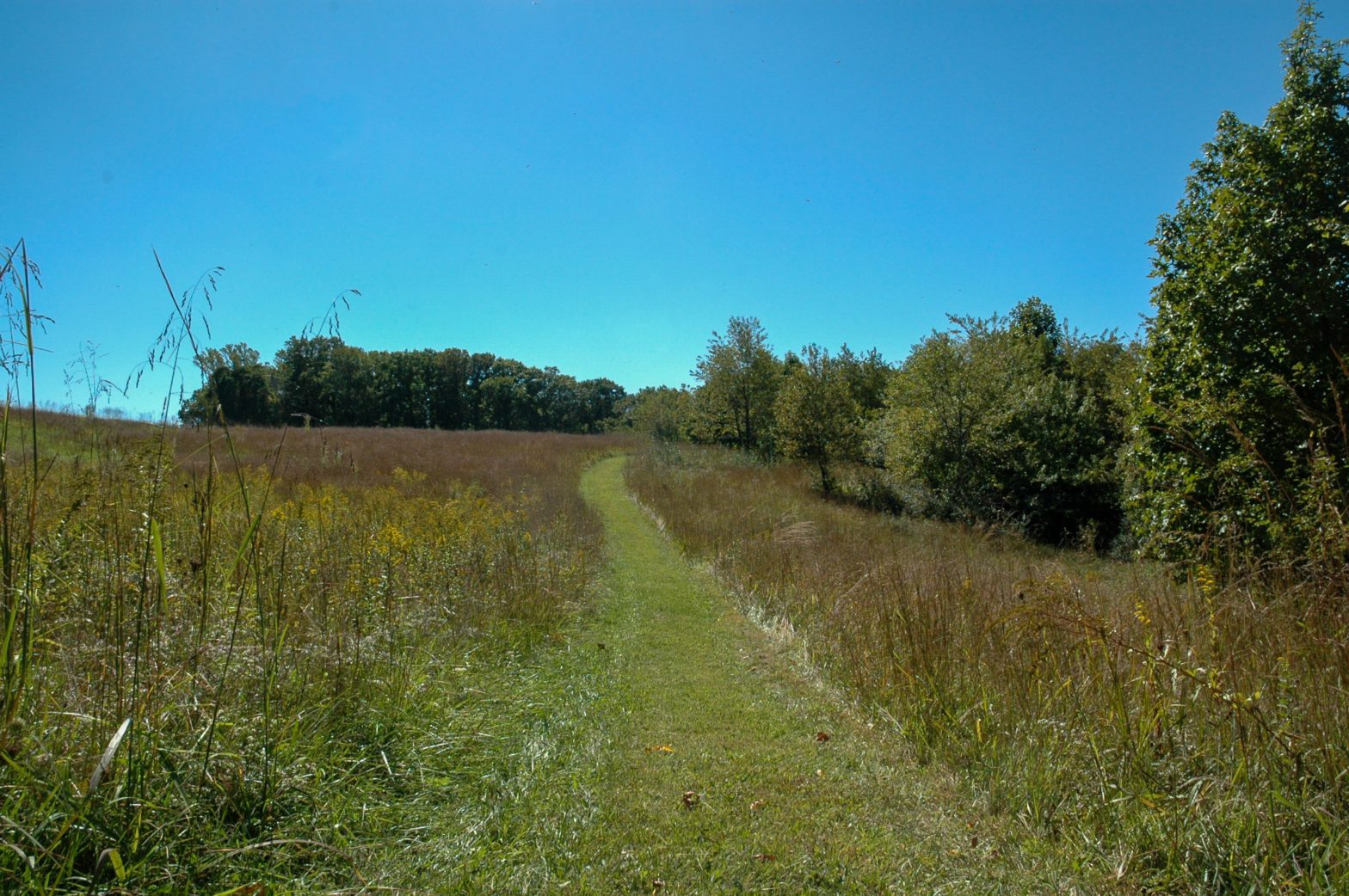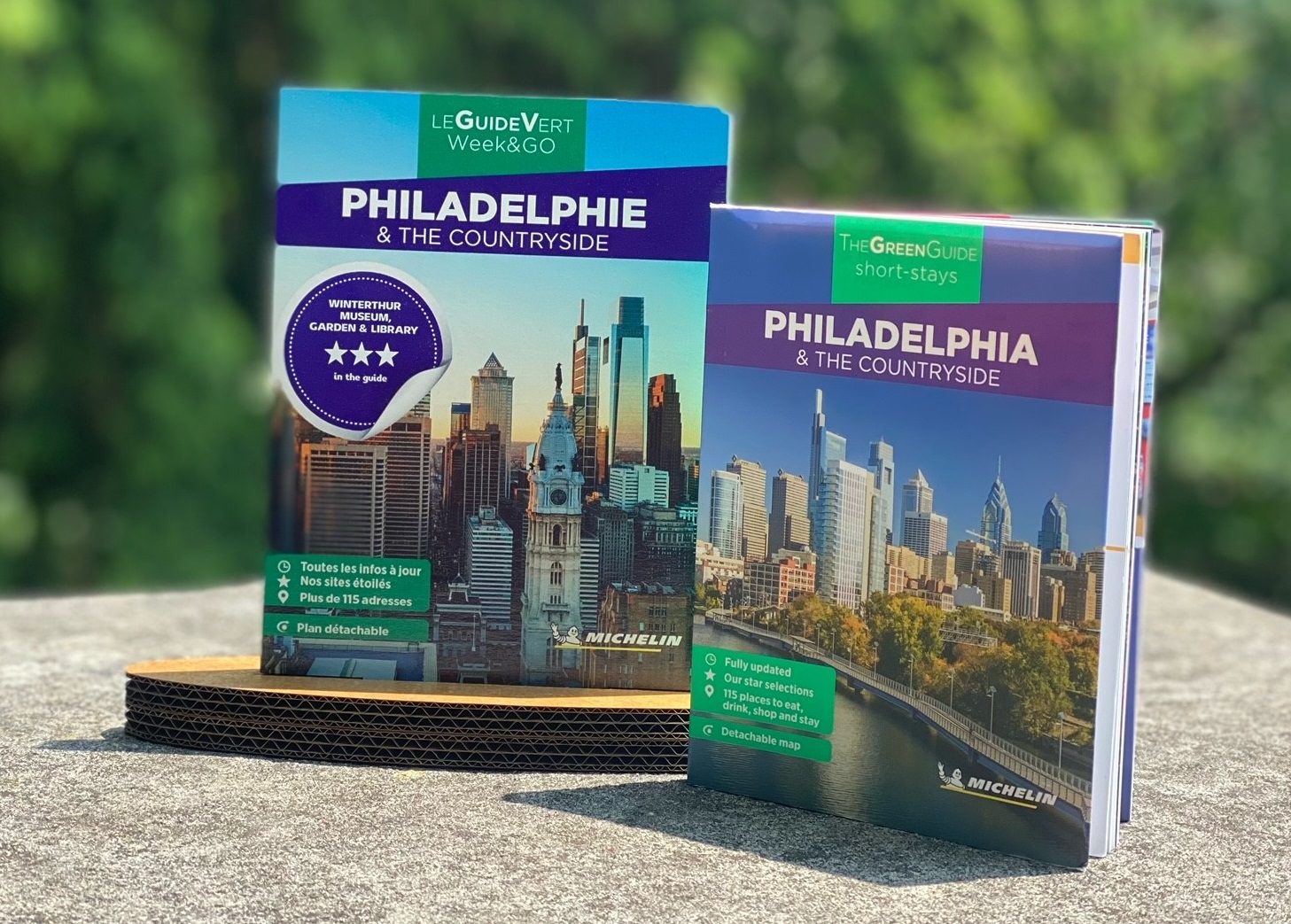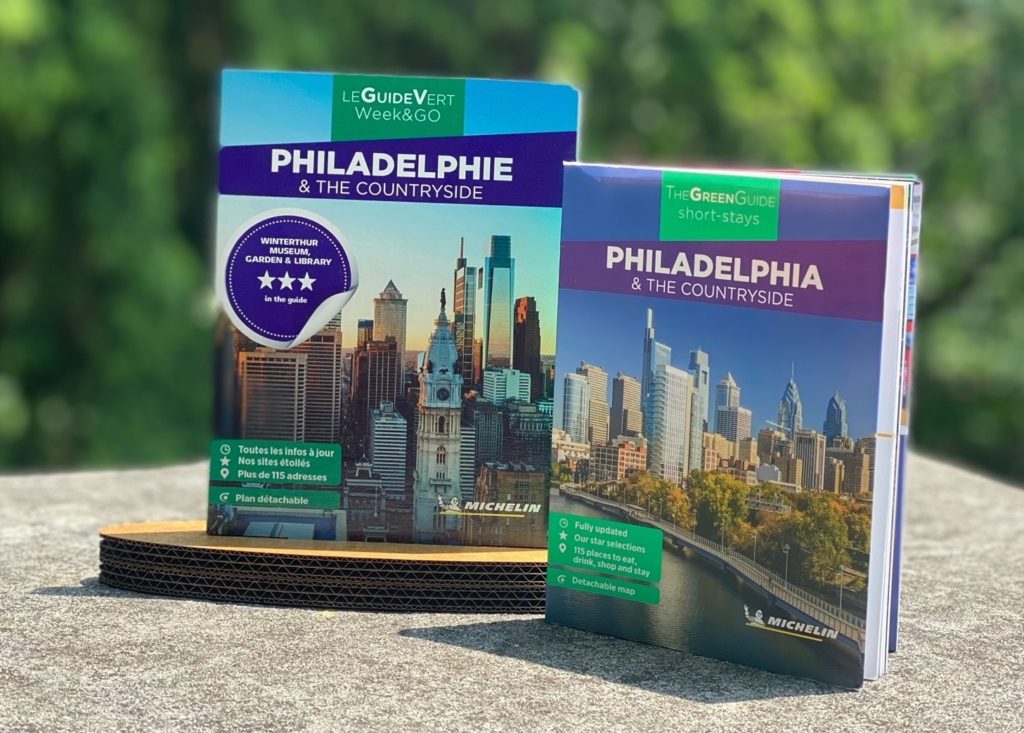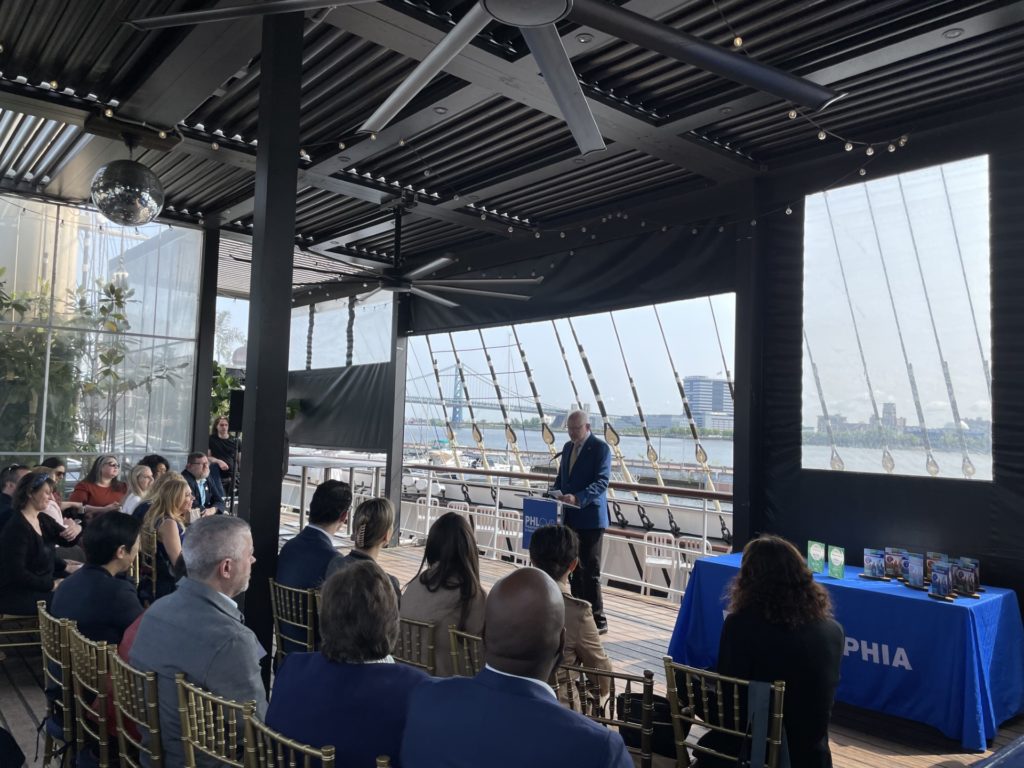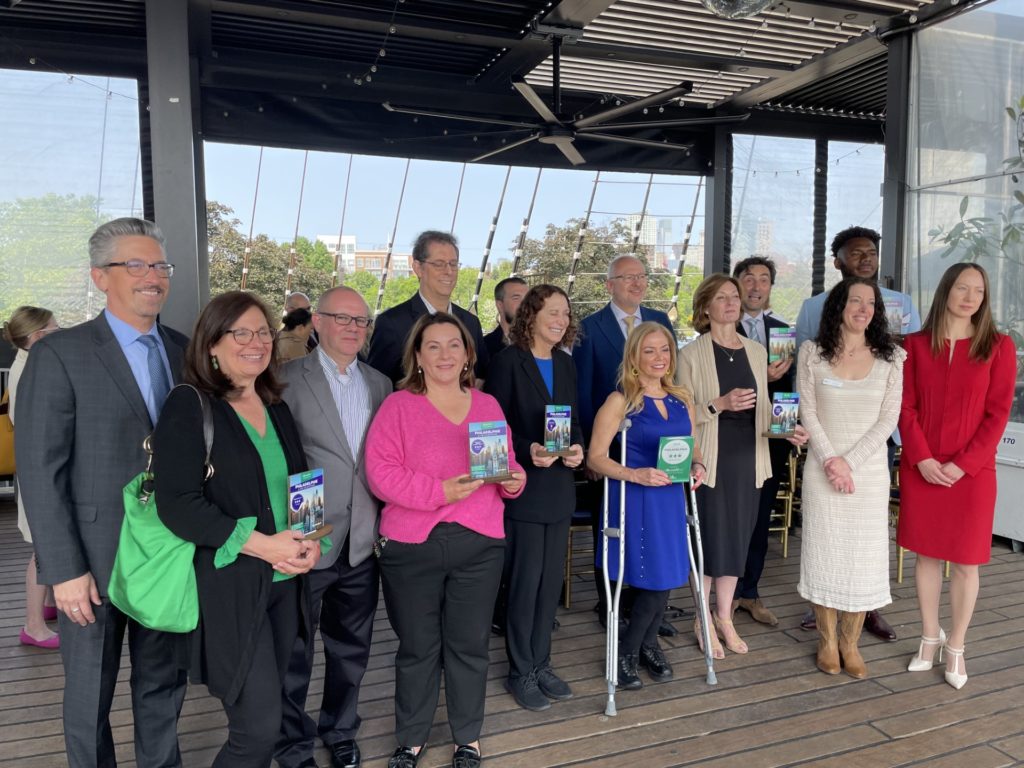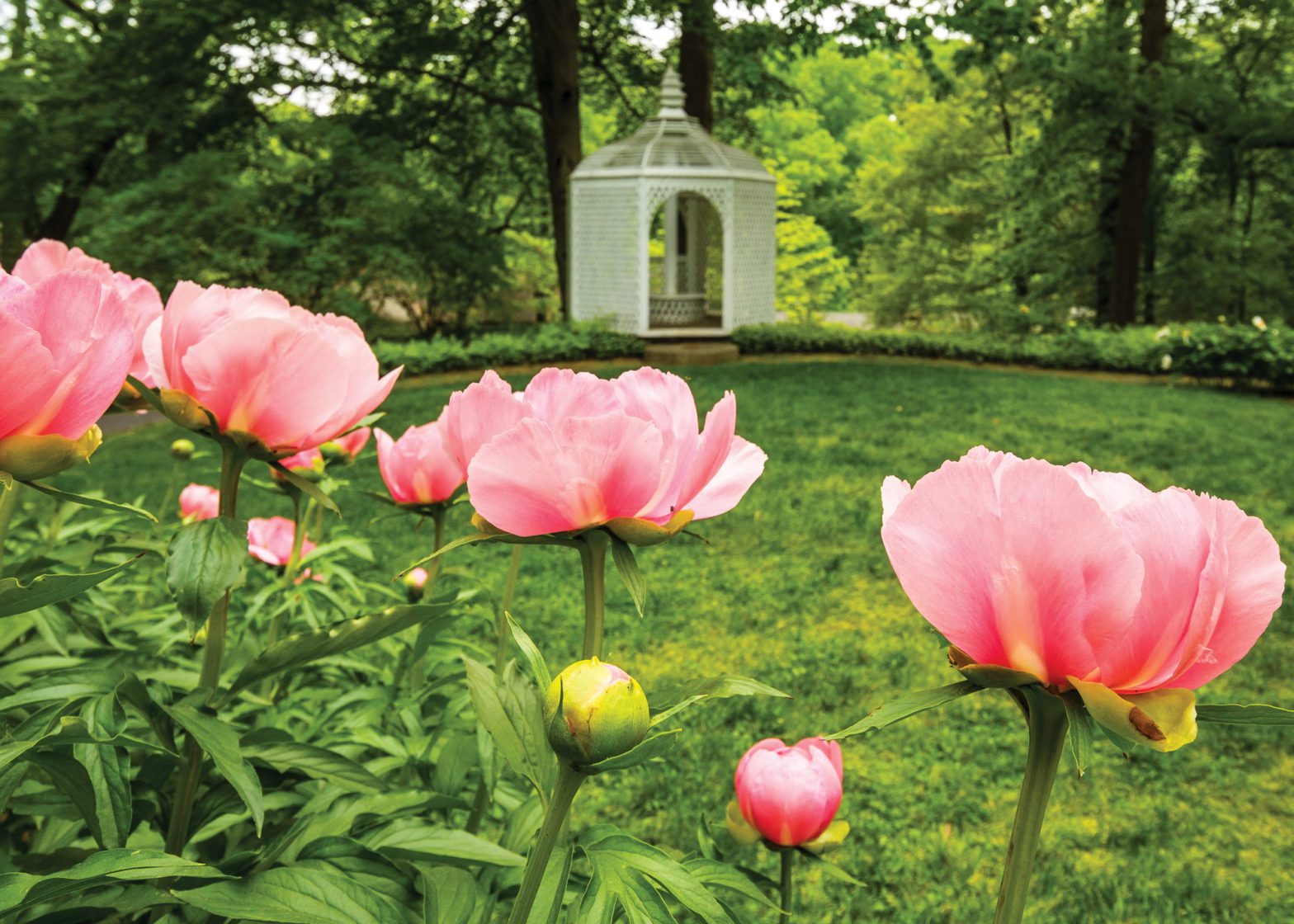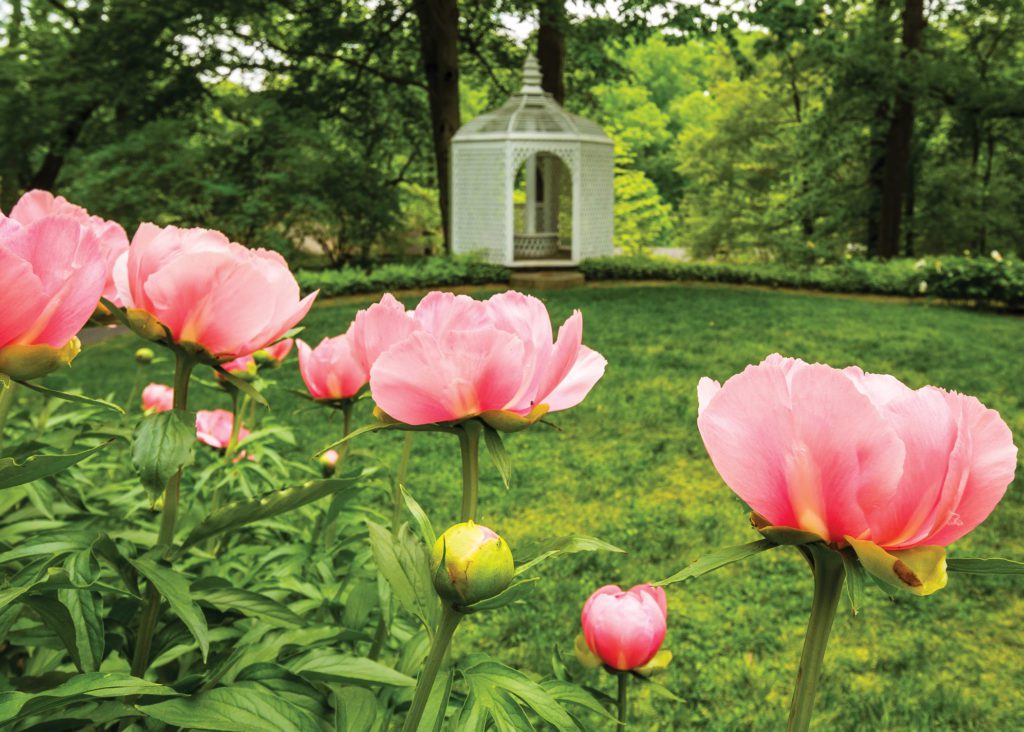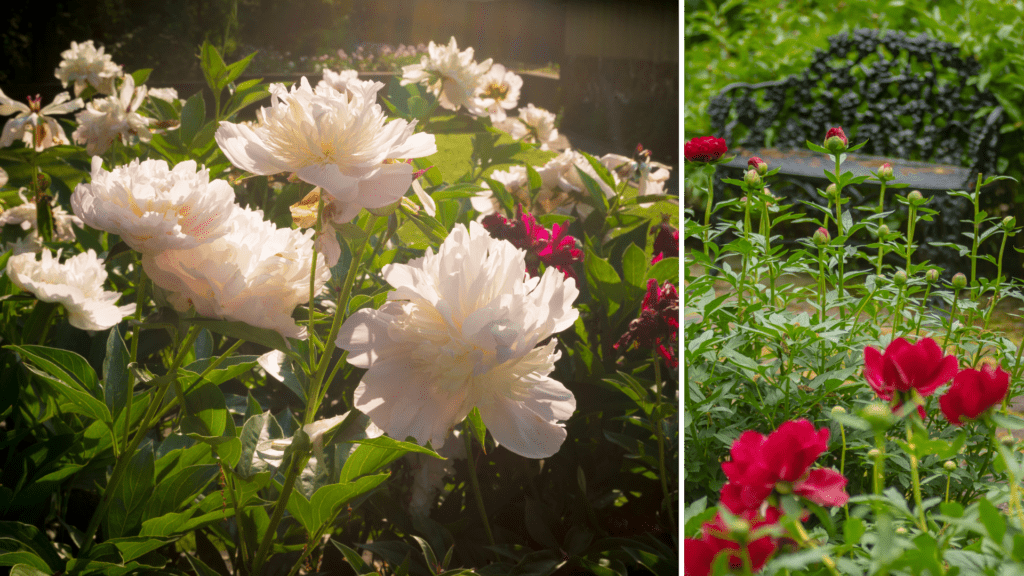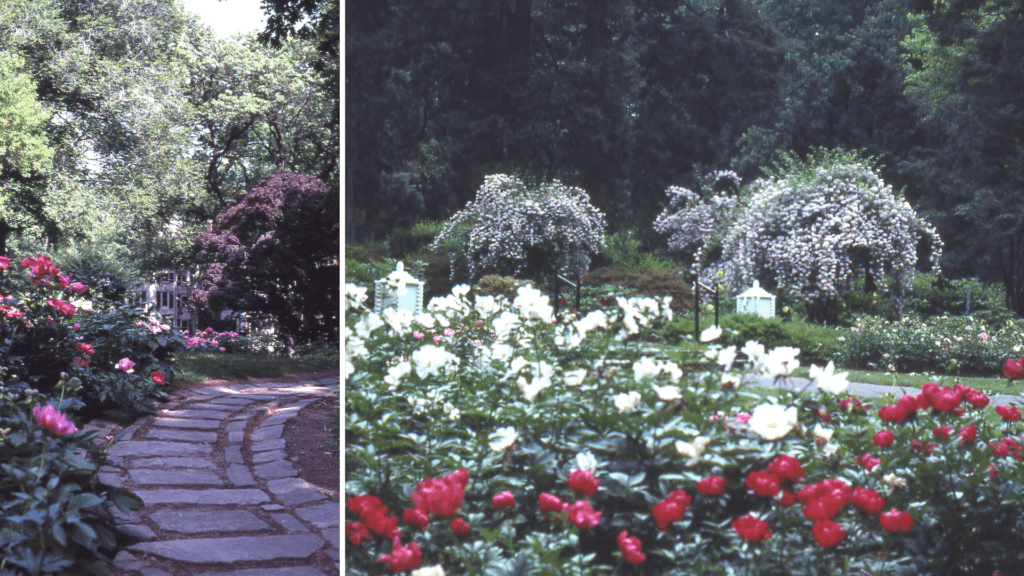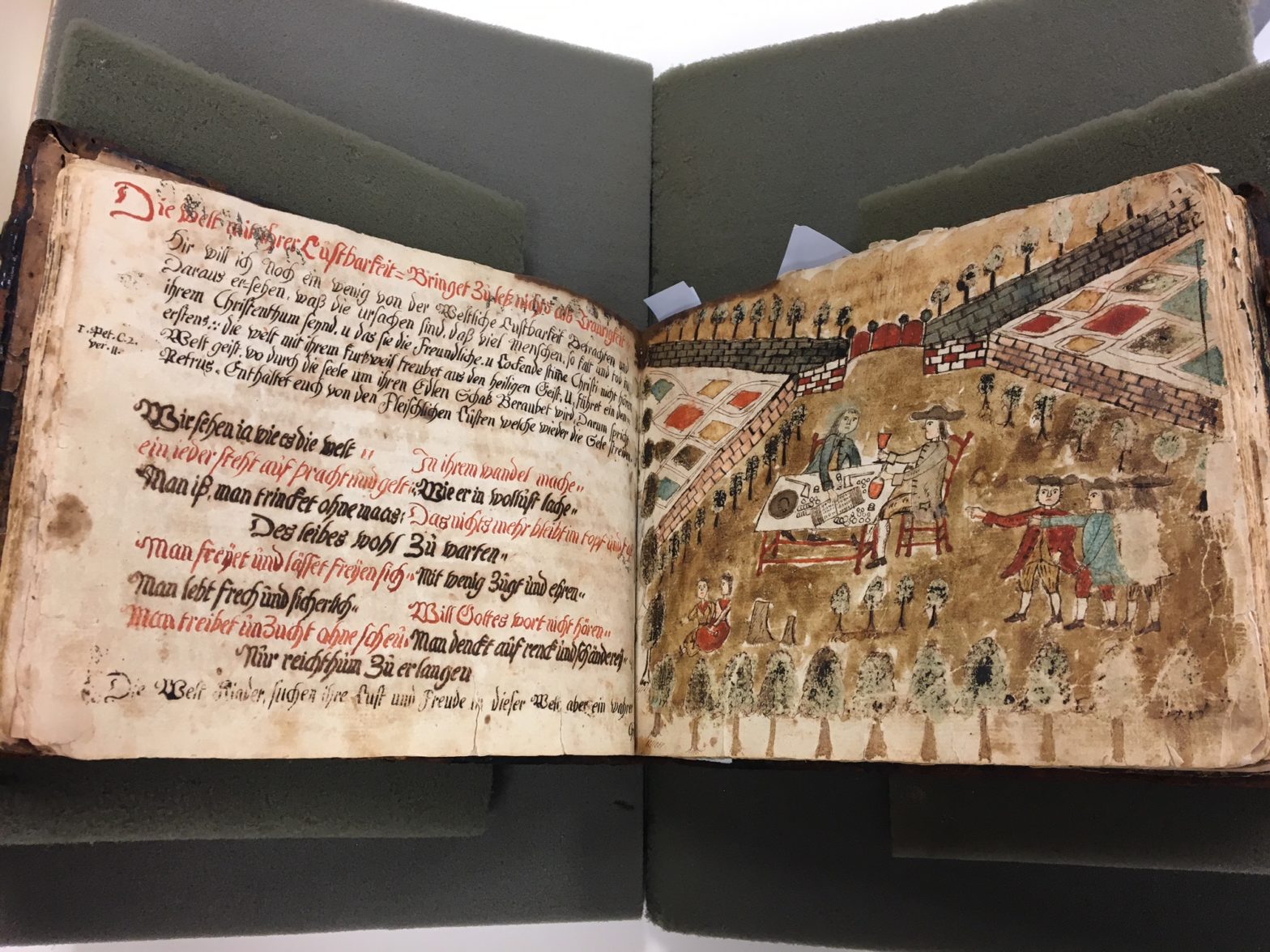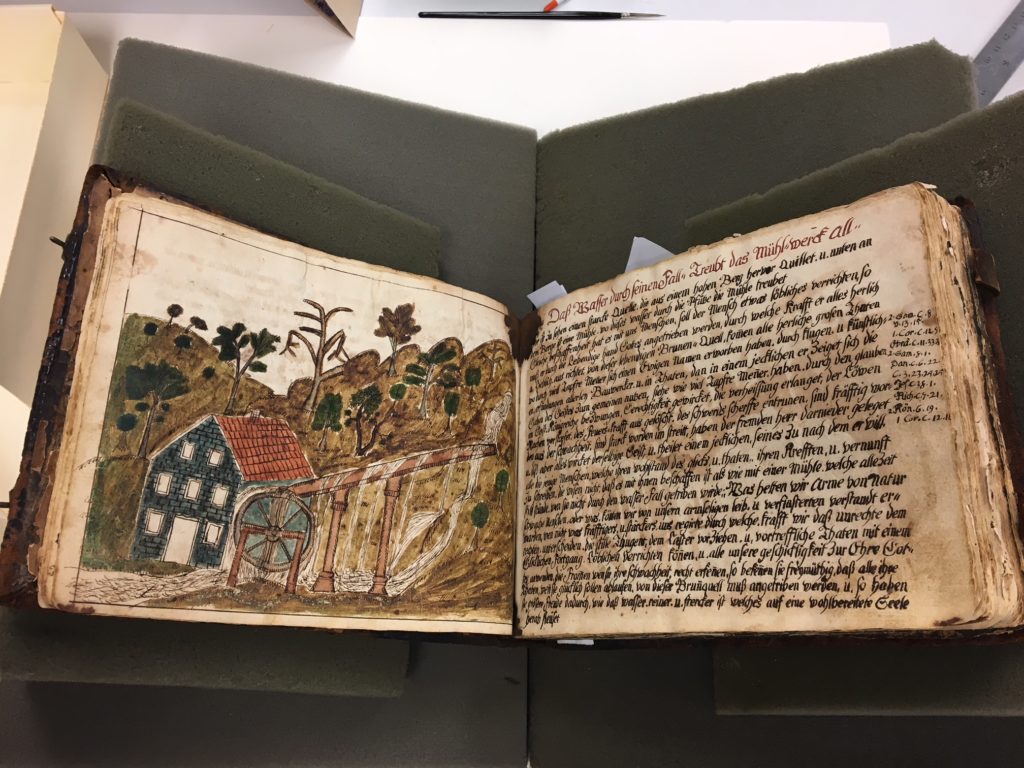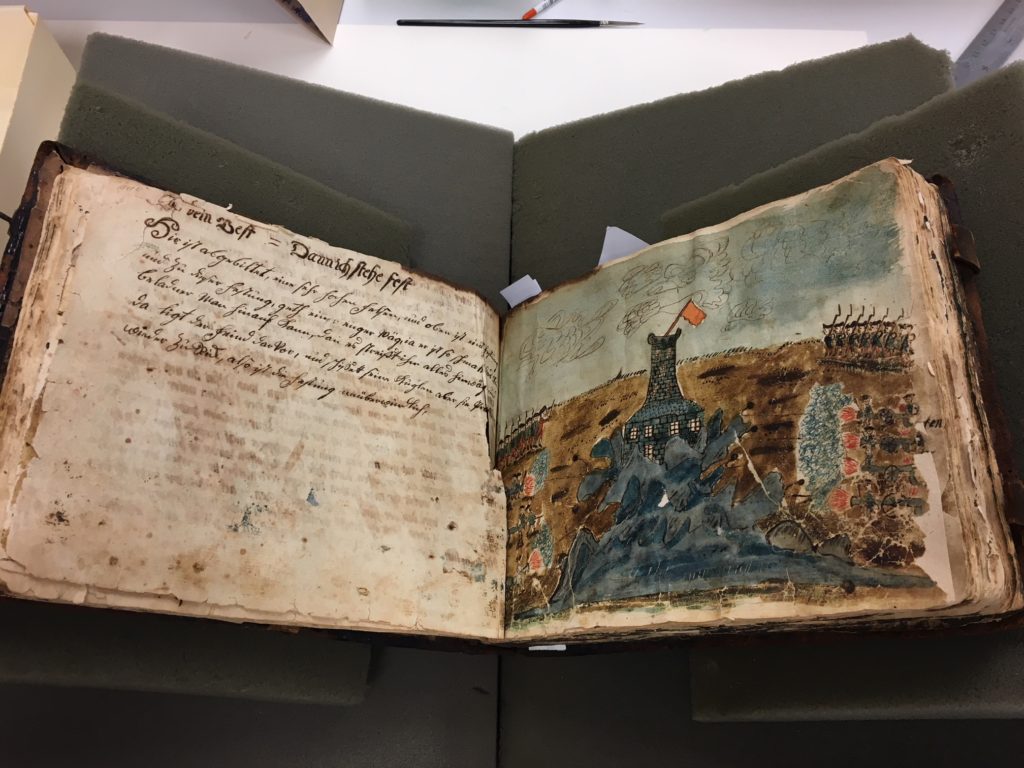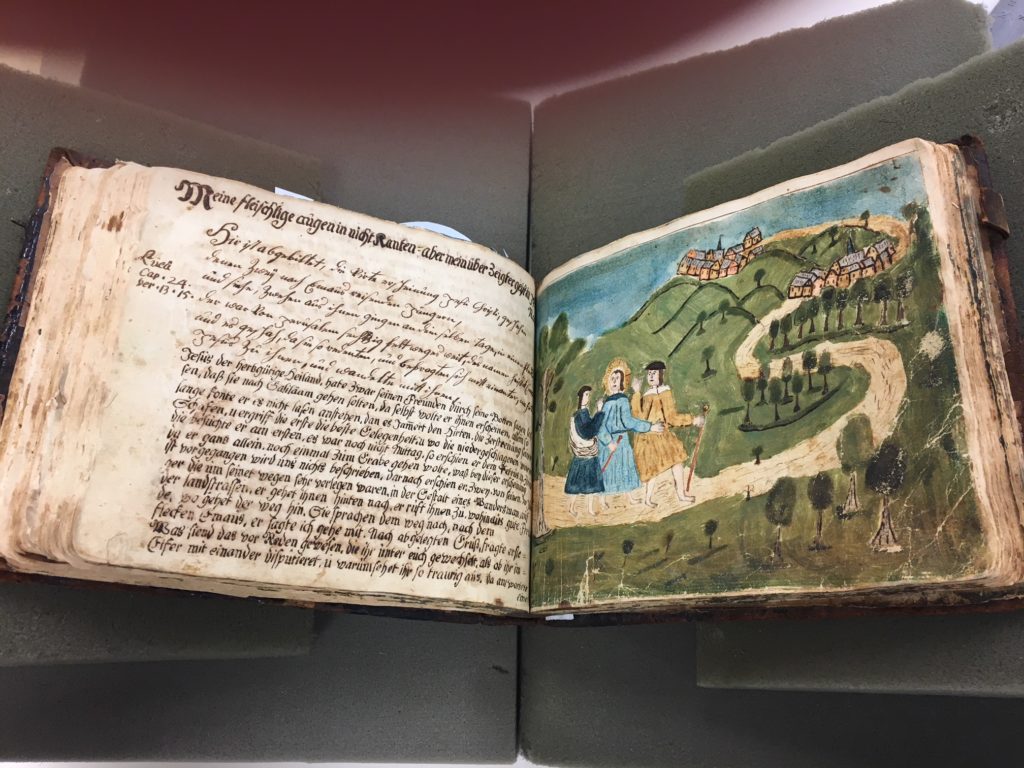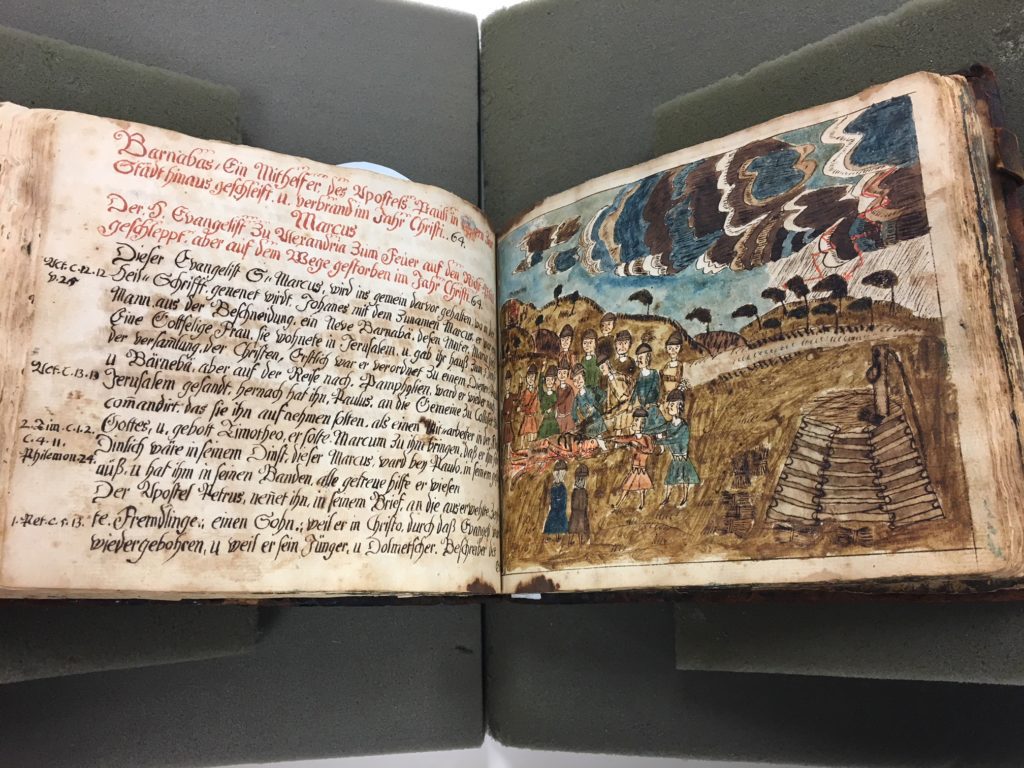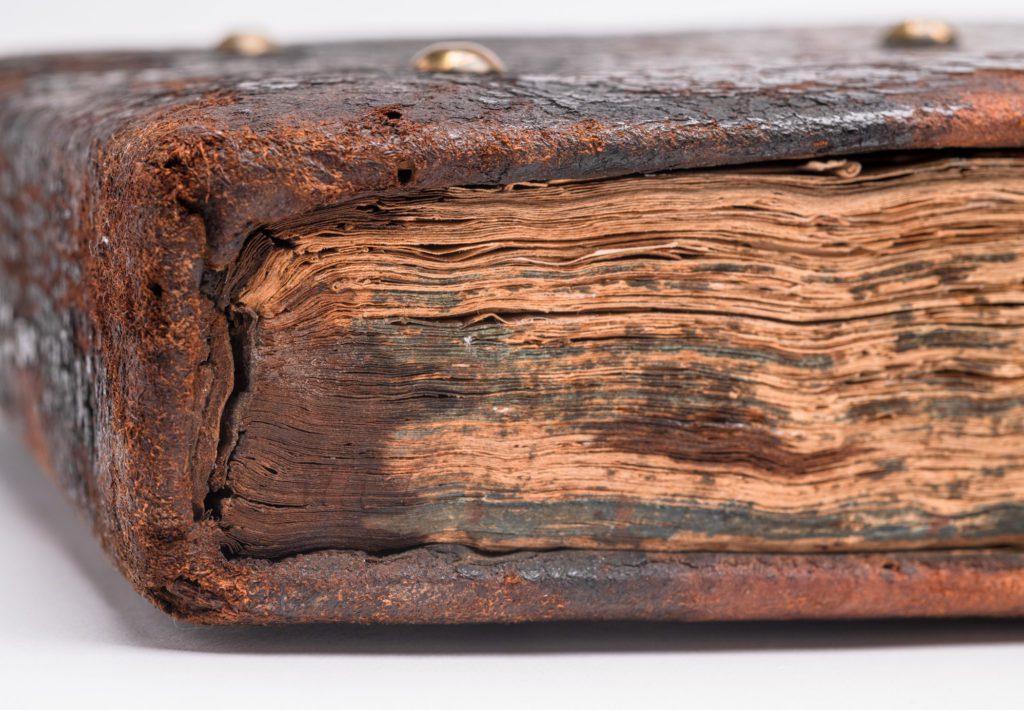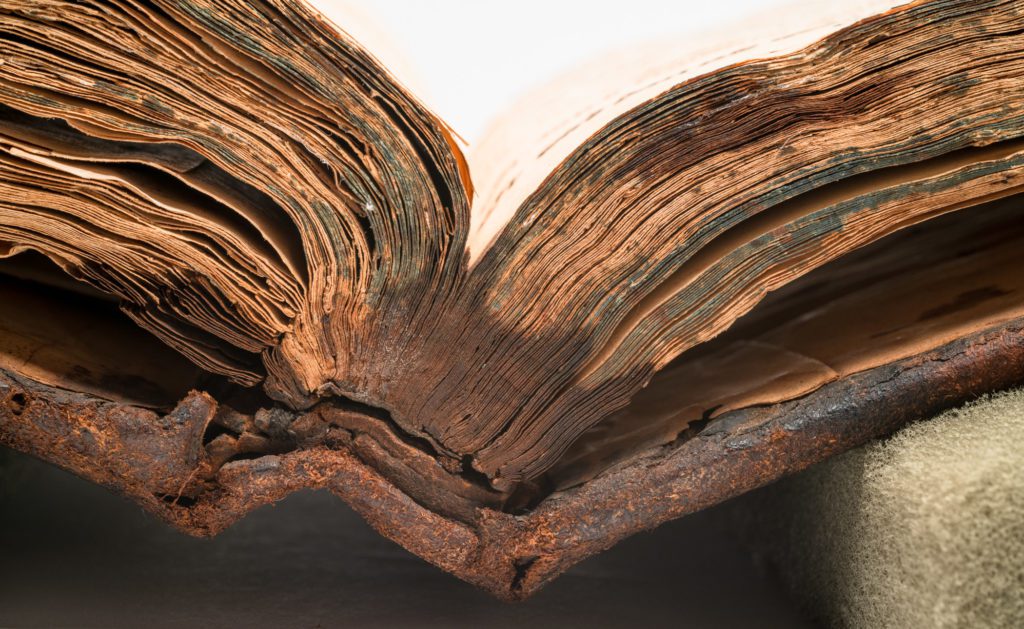Winterthur’s Artisan Market is fast approaching. Here are just a few of the many vendors who will be at showcasing their wares at Winterthur on July 15 and 16. To better understand their craft, we asked these vendors some questions, and here are their answers! Meet the artisans.
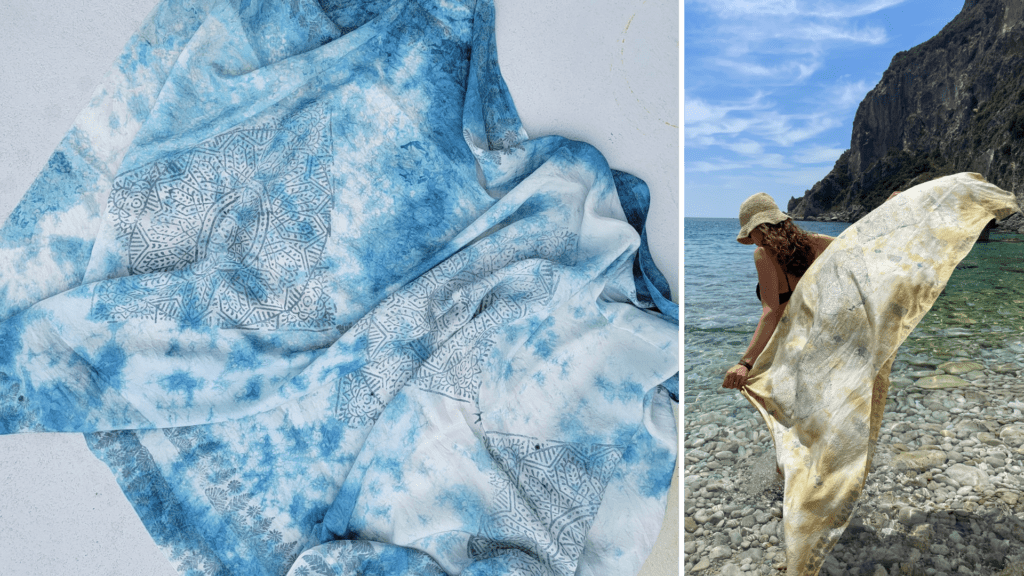
Maria Maurio
Maria Maurio has been creating artisanal textiles since 2017. Hand dyeing in small batches and hand block printing using antique wood blocks, which are her hallmark, are often combined with Japanese resist to create one-of-a-kind Ojetti de arte to wear. Working solely with sustainably sourced natural and botanical dyes along with foraged and food waste each unique design has a rich story to tell from the origins of natural dyes, the textiles and employed heritage craft.
How did you begin your craft, and what first inspired you?
The groundwork for my craft was laid at a young age, watching over my aunt’s shoulder in her bridal boutique as she hand-dyed exquisite lace in a cup of tea to “age” it for a custom made wedding gown. That transformation in color, I would learn many years later, was due to tannins, and I was not only inspired but hooked! After a decades long career in the apparel industry, my desire to create something unique and part of the Slow Fashion Movement led me to take a deeper dive into natural dyes and sustainability. I began teaching myself through trial and error how to use natural dyes, foraging for dyestuff and even using kitchen waste to create color for which there seems no end! By incorporating hand printing and Japanese resist, I am reaching back to my days of study and fascination for ancient art too!
What is your “rose and thorn” of owning a small business based on your craft?
One of the best moments as an independent designer is watching the expression on someone’s face and in their eyes as they acknowledge the subtle beauty of my natural dye work and understand the craft without giving any explanation of the process! It’s absolutely energizing to hear their compliments and, of course, the “I have to have it” moment! A thorny moment for me is when I’ve set up a dye vat for a specific color for a bespoke order, and unknowingly a modifier of some sort, has entered the dye bath and completely shifts the color! Natural dyes are uber sensitive to everything from the pH of water to the type of metal pot and just about any additive that is acidic or alkaline.
What is one unique thing you would like people to appreciate about your specific work that may not be obvious?
I trace everything I purchase to ensure a positive impact is being made from living wages to sustainably sourced and environmentally friendly dyes to fabrics and labels.
Favorite summer libation?
A Martini-“Radio Silence” with Brooklyn Gin is my favorite.
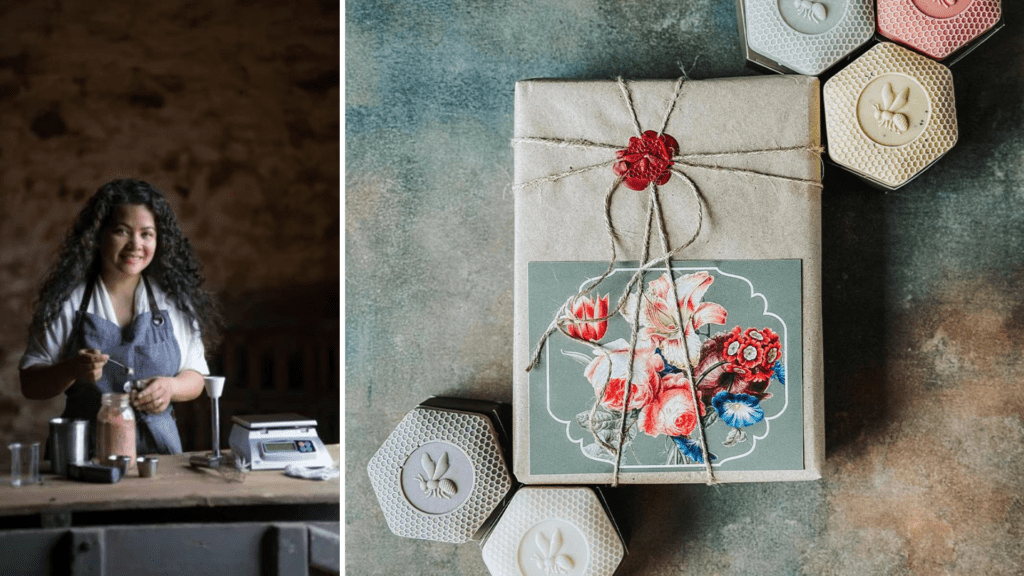
Miche Scott Handmade
Miche Scott Handmade has been been making handmade soaps since 2013. A kind woman whom she met at the Dubai Sunday market shared generously her knowledge of how to make handmade soaps. She didn’t give her recipes. Instead, she taught her how to formulate her own. And just like that, she embarked on this wonderful journey of soap making.
How did you begin your craft, and what first inspired you?
It started out as a way to quiet the background noise. Living in Dubai, Mumbai, Kuala Lumpur, the gift of working my hands bridge the need for something more. I connected with Local NGOs and taught how to make handmade soap. Mentoring refugees from Myanmar, providing handmade soap for Days for Girls Org.My craft taught me many life lessons. It took seven years before I started to turn my craft into a business.
What is your “rose and thorn” of owning a small business based on your craft?
It is a wonderful feeling when someone enjoys my handmade soap and shares their delight. Appreciate their beauty and be part of their self-care ritual. “Your soaps are too pretty to use” can be both a compliment and a thorn in my heart. Life is short – use pretty soaps.
What is one unique thing you would like people to appreciate about your specific work that may not be obvious?
It takes about a year to two years of planning, researching, and creating a collection before launching it to our customer base. It starts out with inspiration board, followed by ethical sourcing and fair-trade research. It takes at least eight weeks to cure before we sell it to the public.
Favorite summer libation?
Lemonade.
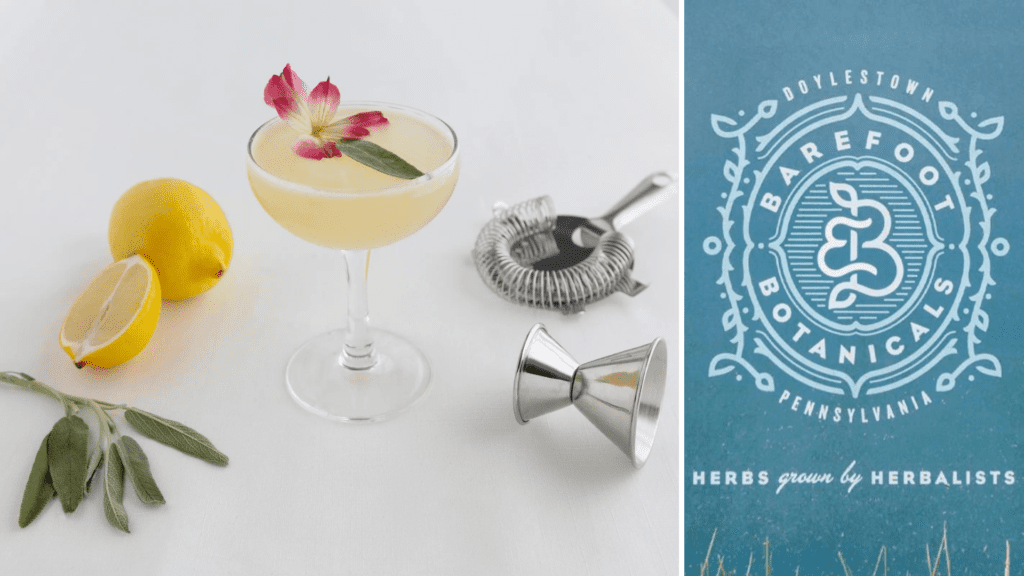
Bluestem Botanicals
Bluestem Botanicals aims to connect people with plants for food, for medicine and for a more resilient collective future. Founders Linda Shanahan and Eric Vander Hyde value ecology over economy and people over profit. They envision a world in which people live in support of and in balance with the natural systems they depend on.
How did you begin your craft, and what first inspired you?
We (Linda and Eric) are farmers to the core. Since Linda is also an Herbalist, our move towards medicinal herbs was a natural progression as the vegetable farm scene heated up in Bucks County. Eric’s curiosity about the herbs also gave us a natural pivot into our craft cocktail and mocktail drink kits!
What is your “rose and thorn” of owning a small business based on your craft?
On the one hand, connecting people with the plants is our biggest rose – this is our mission and purpose behind everything. The flavors, the aromatics, the education, it’s what drives us. Being farmers, we are always at the mercy of working within the seasons and the ever-changing weather fluctuations and that is our biggest challenge.
What is one unique thing you would like people to appreciate about your specific work that may not be obvious?
We are a true seed-to-bottle, farm-crafted-by-hand micro-operation. People are often surprised that our tiny crew plants, cultivates, harvests, crafts, bottles, labels, caps, and boxes up everything we sell. It’s all done with our own hands.
Favorite summer libation?
Our No Thyme for the Blues mocktail (sometimes with gin)!

Classic Elegance
Classic Elegance, a family-owned leather products and furnishings wholesaler, is dedicated to producing high quality, classically styled leather-centric seating and home furnishings.
How did you begin your craft, and what first inspired you?
John and I both love leather seating, and our initial inspiration was simple practicality. Our craft evolved from the intention to create high quality, leather-centric furniture for our own home rather than choosing mass produced ‘leather’ furniture in the retail marketplace. We were further inspired by the comments of our friends and family over the results of our initial efforts, which then blossomed into our current craft. John takes particular inspiration from his affinity for the Victorian-era works of Jules Verne, which often feature what is now known as Steampunk, the combination of leather, wood and metal fittings.
What is your “rose and thorn” of owning a small business based on your craft?
We often discuss the pros and cons of our craft, and while the ‘thorns’ sometimes change, especially as we age, making detail work more and more difficult, the ‘rose’ never changes. We are so grateful for the many enduring friendships we have formed during this craft adventure, never considering at first that we’d have family visits by, be asked to go out socially with, or receive birth announcements from former customers… truly a rose worth every thorn.
What is one unique thing you would like people to appreciate about your specific work that may not be obvious?
We’re pretty sure the average person doesn’t understand the amount of hard “grunt work” involved in restoring an antique to like-new condition for daily use. There are always hours of stripping old finishes with harsh products, hours of sanding, and difficulties with restoring older joinery. We’re thrilled at how many people appreciate our craft while admiring the look of a finished piece, but there’s a lot more “under the hood” as a car enthusiast might say.
Favorite summer libation?
Olya – a chilled glass of Chardonnay. John – a cold glass of minted iced tea.
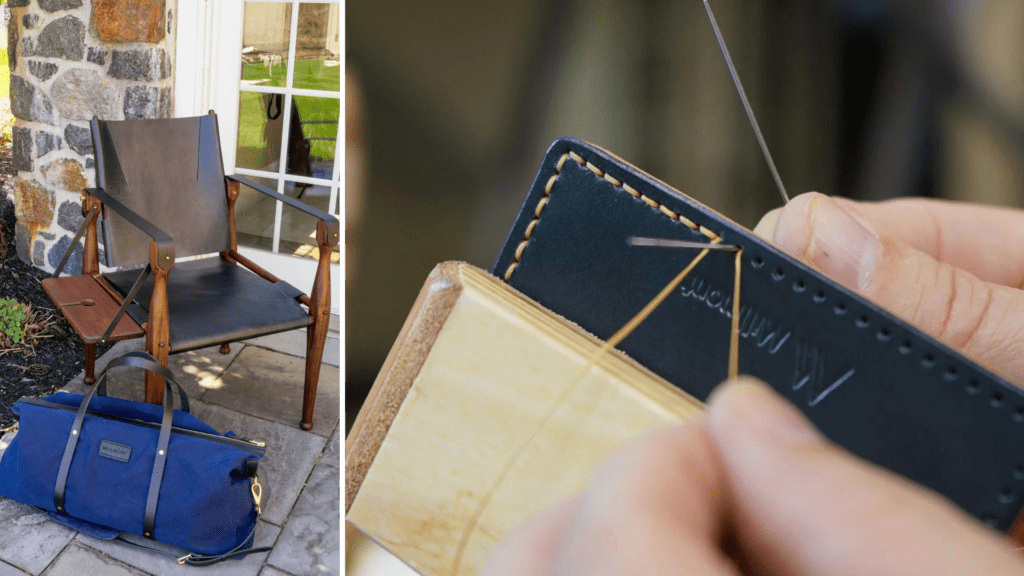
Millmont Leather
Millmont Leather was born out of a search for utility and design without compromising craftsmanship. Millmont pieces satisfy both modern daily needs and the desire for high quality workmanship. Without a question, fine saddle-stitched leather wins over mass-produced products any day.
How did you begin your craft, and what first inspired you?
I found it difficult to find leather products with modern utility and design but made with traditional leathercrafting techniques and the highest quality materials – so began the journey to make the items I wanted for myself.
What is your “rose and thorn” of owning a small business based on your craft?
Ever product I design and craft I use, so from gratification of a well-done product to the continual ideation of enhancements is double edged – the never-ending cycle of satisfaction/desire to improve.
What is one unique thing you would like people to appreciate about your specific work that may not be obvious?
The specialized techniques, done by hand, and attention to detail required to produce a high-quality leather product (such as saddle stitching, skiving, burnishing, and even sanding).
Favorite summer libation?
Rice vodka.
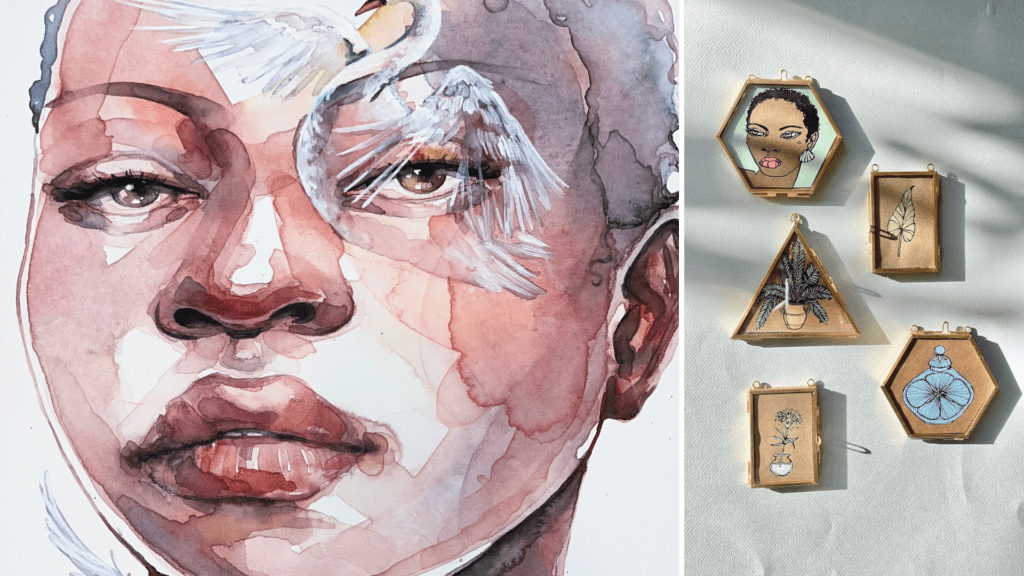
Kara Hinson Fine Art
Kara Hinson Fine Art prominently features representations of black women in a variety of mediums, including vivid, layered watercolor portraits and illustrative ink/digital drawings. Surrealistic colors create a dreamlike atmosphere in which her paintings focus on the diversity and strength of women.
How did you begin your craft, and what first inspired you?
I have always been drawing and painting since I can remember, starting as a kid. I have several artists in my family and have always been inspired and encouraged by them to explore my creativity through art. After mainly focusing on pencil drawing and oil painting, I found inspiration in the looseness and unpredictability of watercolor.
What is your “rose and thorn” of owning a small business based on your craft?
My “Rose” of owning a small business based in my artwork is creating paintings I love that other people connect with. My “Thorn” is the administrative duties that come with the business – especially finding time while working a full-time job as well.
What is one unique thing you would like people to appreciate about your specific work that may not be obvious?
None of my portraits are of “real” people. Although I don’t typically use models, I love creating mood boards of colors, hairstyles, plants and places to use as a reference point when sketching the beginnings of a painting – I then fill in the rest with my imagination.
Favorite summer libation?
Cold Pinot Grigio.
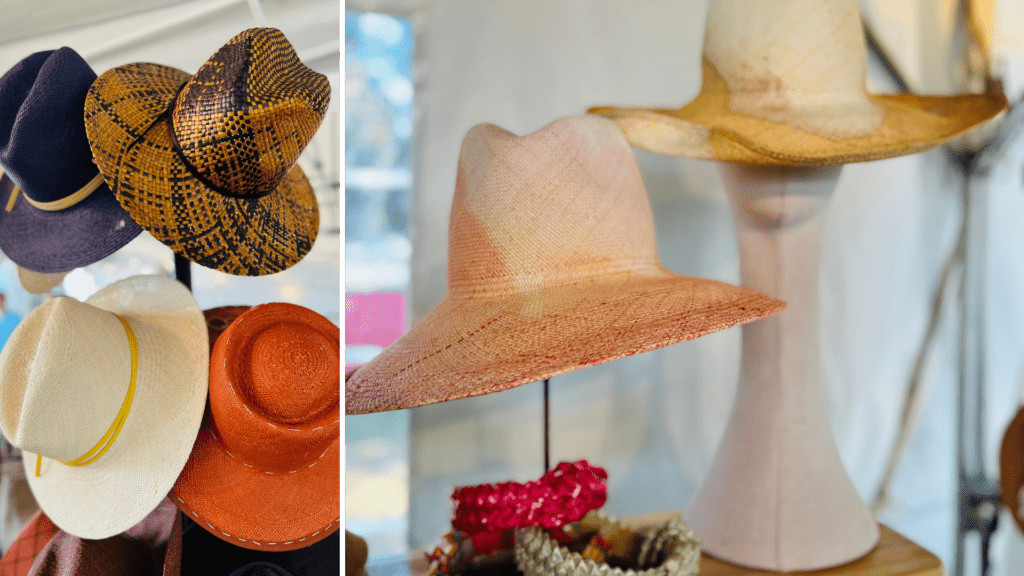
Jennifer Hoertz Millinery
Jennifer Hoertz Millinery was established in 1993. Her career has spanned nearly three decades, with designs featured in fashion magazines ranging from Vogue to Harper’s Bazaar, Town and Country to InStyle, Essence to Lucky and People. Jennifer’s millinery expertise highlights the elegance of her London training combined with her unique modern sensibility, while her choice of fabrics and attention to detail illustrate her artistry.
How did you begin your craft, and what first inspired you?
I began my millinery business after graduating college. I studied my junior year in London and took classes there, and as happens with most milliners fell in love with it. For me it was the sculptural aspect of blocking the pieces into wearable shapes that are not only functional but also transform the wearer. A hat evokes emotion and is a very personal accessory. Helping customers find the right hat is such a rewarding part of millinery. Most people want to wear one but sometimes don’t know where to start or feel a bit self-conscious. But when they put the hat on and feel beautiful, that transformation and confidence begins.
What is your “rose and thorn” of owning a small business based on your craft?
The thorn of owning a small millinery house is the questioning of pricing. A well-made hat is created by hand and sized particularly for the customer. There is a huge difference between a hat that is on a rack, and one purchased from a milliner or hat maker. When you buy direct from someone like me, you are buying a piece that is made for you basically custom/bespoke. There are also the materials used, quality of craftsmanship and wearability. Someone like me buys smaller quantities from suppliers and spends a lot of time sourcing all the components of the hat, which adds to the cost and time involved. The rose of being a milliner is when you explain all of this to a customer, and they understand and begin working with you. Educating people about what you do and what goes into hand crafted small batch items is important no matter what your artistry.
What is one unique thing you would like people to appreciate about your specific work that may not be obvious?
Each hat is made by me in my studio. I do everything from sourcing materials to making and then selling. I am the shipper, the website and social media person, etc. One could say I wear many hats. It is a ton of work, but I love what I do. It’s important to note that every hat can be custom sized to your head measurement. I also offer a service to refresh, re-trim or resize hats that they have purchased from me and work on refurbishing some vintage pieces.
Favorite summer libation?
As a lover of all things English, because I was born in London and their hat culture, that would be Pimm’s Cup.
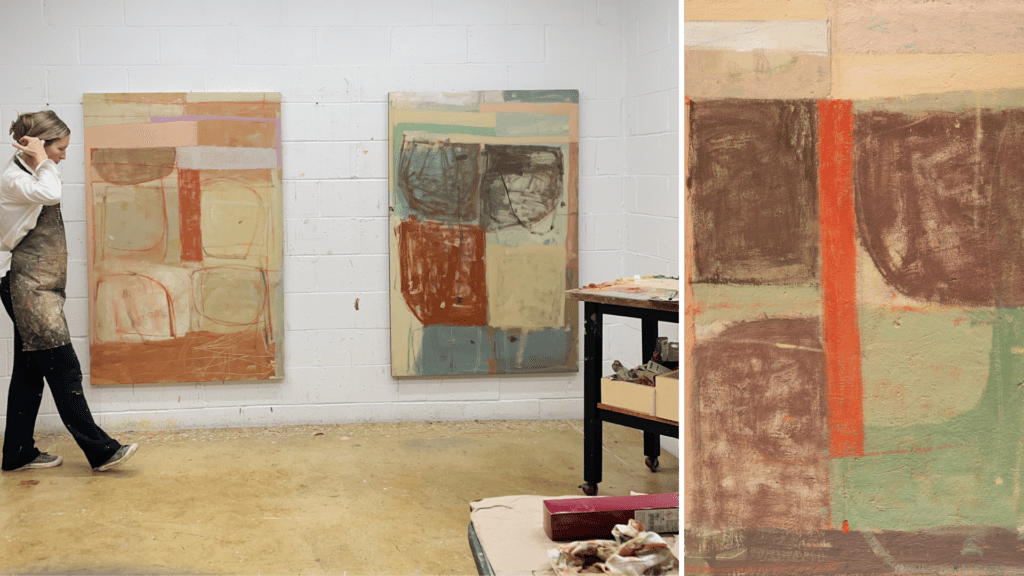
Temre Art
At Temre Art, painting is a conversation about renewal, using abstract elements to explore this conversation and drawing from the natural world, especially the landscape in the Brandywine valley region, for inspiration.
How did you begin your craft, and what first inspired you?
I’ve always been painting but started seriously pursuing painting during my last year in college as a fine arts major.
What is your “rose and thorn” of owning a small business based on your craft?
The best part is each year it gets more and more marvelous watching ideas unfold and develop into paintings. This is going to sound ridiculous, but I can’t find a thorn at the moment because being an artist is a lifestyle choice.
What is one unique thing you would like people to appreciate about your specific work that may not be obvious?
These artworks are like meditations- or like witnessing a garden unfold through the year. Each painting can take weeks, but more commonly months, to develop just the right balance.
Favorite summer libation?
Kombucha. It’s beautiful in color, cool, and tingly.
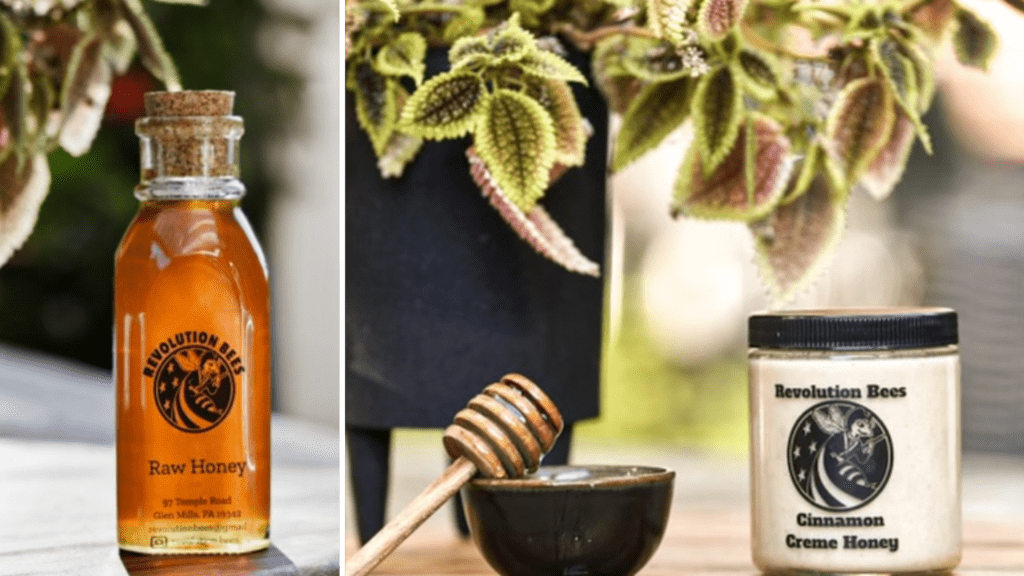
Revolution Bees
Revolution Bees is a small local business built by three beekeepers from Delaware and Chester counties, focusing on the promotion and education of responsible, sustainable beekeeping. They started out as hobby apiarists, and now they are one of the top resources for local honey and artisanal honey products.
How did you begin your craft, and what first inspired you?
I am an enthusiastic home gardener, and for me, beekeeping was the next step in home gardening.
What is your “rose and thorn” of owning a small business based on your craft?
I love talking bees with our customers. Their enthusiasm always amazes me and picks me up on long market days. I’m a beekeeper, so the “thorn” is being stung. You never get used to it.
What is one unique thing you would like people to appreciate about your specific work that may not be obvious?
Honey production is agriculture, and we are as dependent on the weather and climate as fruit and vegetable farmers are.
Favorite summer libation?
Strawberry basil lemonade.
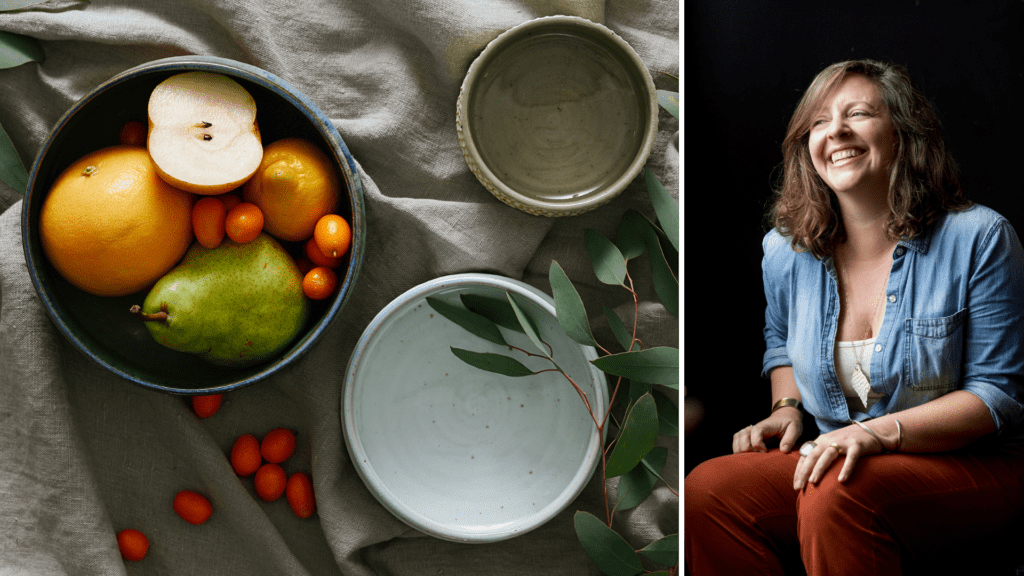
Henisee Pottery
For Henisee Pottery, ceramics is the perfect marriage of fine art and industrial design backgrounds, creating beautiful, functional forms by hand.
How did you begin your craft, and what first inspired you?
A year after graduating Philly U with a degree in Industrial Design, I was missing the collaborative studio environment and I wanted to find a creative, community-oriented outlet to fill that role. I decided to take a course in ceramics at a local art studio, Chester Springs Studio at Historic Yellow Springs. Ceramics was the perfect creative space for me to use my design background – it combines form and function – and I was immediately hooked. I love the physicality of working with clay, the collaborative nature of firing the work, and the design process that shapes how a user interacts with an object so fundamentally hand made.
What is your “rose and thorn” of owning a small business based on your craft?
My rose is that I could spend a lifetime exploring clay and all the ways it can be processed, manipulated, glazed, and fired. It is a craft of endless possibility, and the more I dive deeper, the more I discover there is to try and learn. My thorn is that there’s never enough time in the day to explore all those possibilities!
What is one unique thing you would like people to appreciate about your specific work that may not be obvious?
My work is largely fired in a wood kiln, which I love for two reasons. First, the effects of a wood kiln are hard to predict and absolutely magical. My work is at the mercy of the changing atmosphere in the kiln, with smoke and ash and licking flames playing across the surfaces. Where each piece sits in the kiln changes its fate. It’s almost as if the kiln itself is the final collaborator in the artistic process – I glaze and position pieces with intention, but the kiln gets the final say. Second, firing the wood kiln is a fantastically, fundamentally shared process. The kiln I fire is one I helped build with my amazing community of ceramic artists. The wood kiln, which cannot be fired solo, brings us together and has made us family. We load it together, ignite the flames, and stoke the fire continuously for 36 hours until it reaches 2350 degrees Fahrenheit. All the while, we share meals, stories, and the duties of watching over each other’s pots as their final forms are realized. Each firing is a little family reunion and has become such a special part of my artistic process.
Favorite summer libation?
Ginger Lemonade.
Come survey the wares of these amazing vendors, enjoy live music, and imbibe at our new Market Bites section at Winterthur’s Artisan Market on July 15 & 16!
